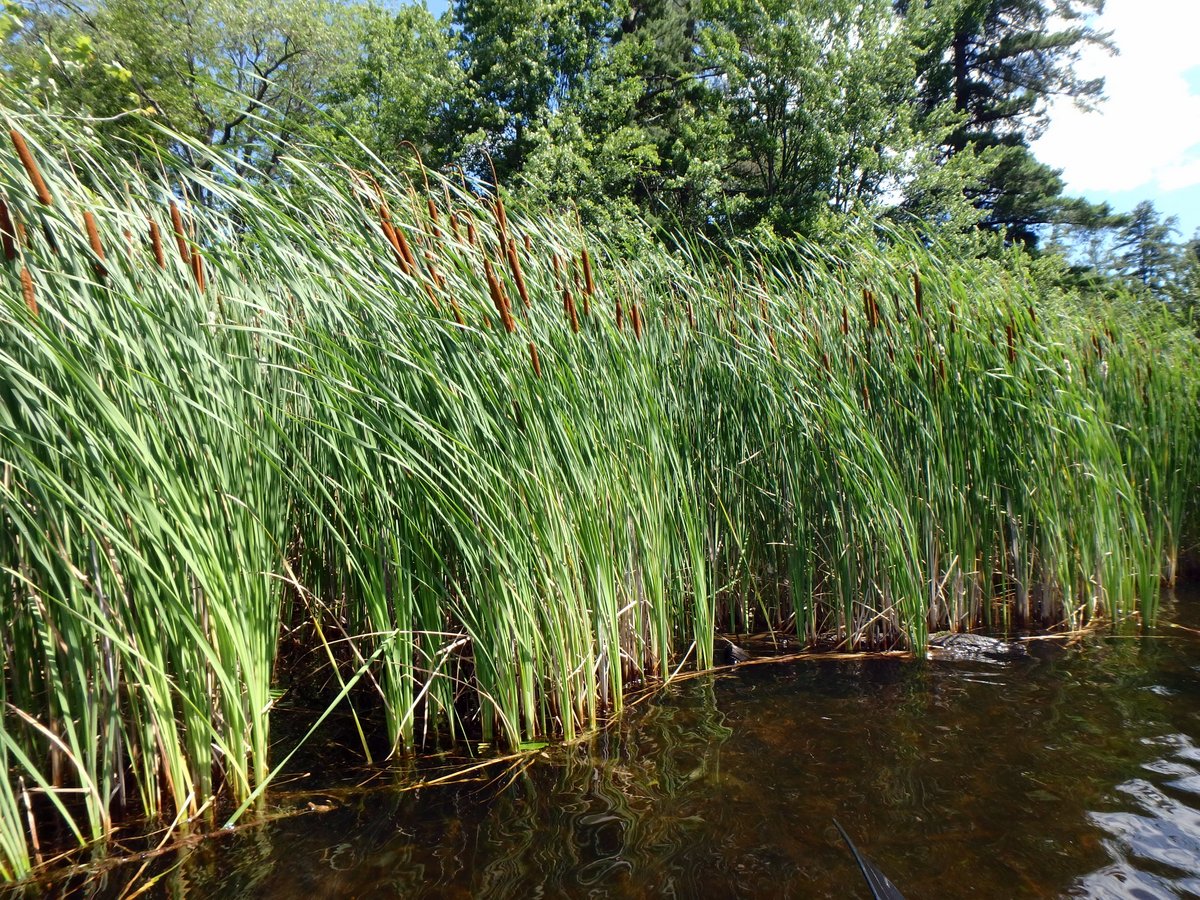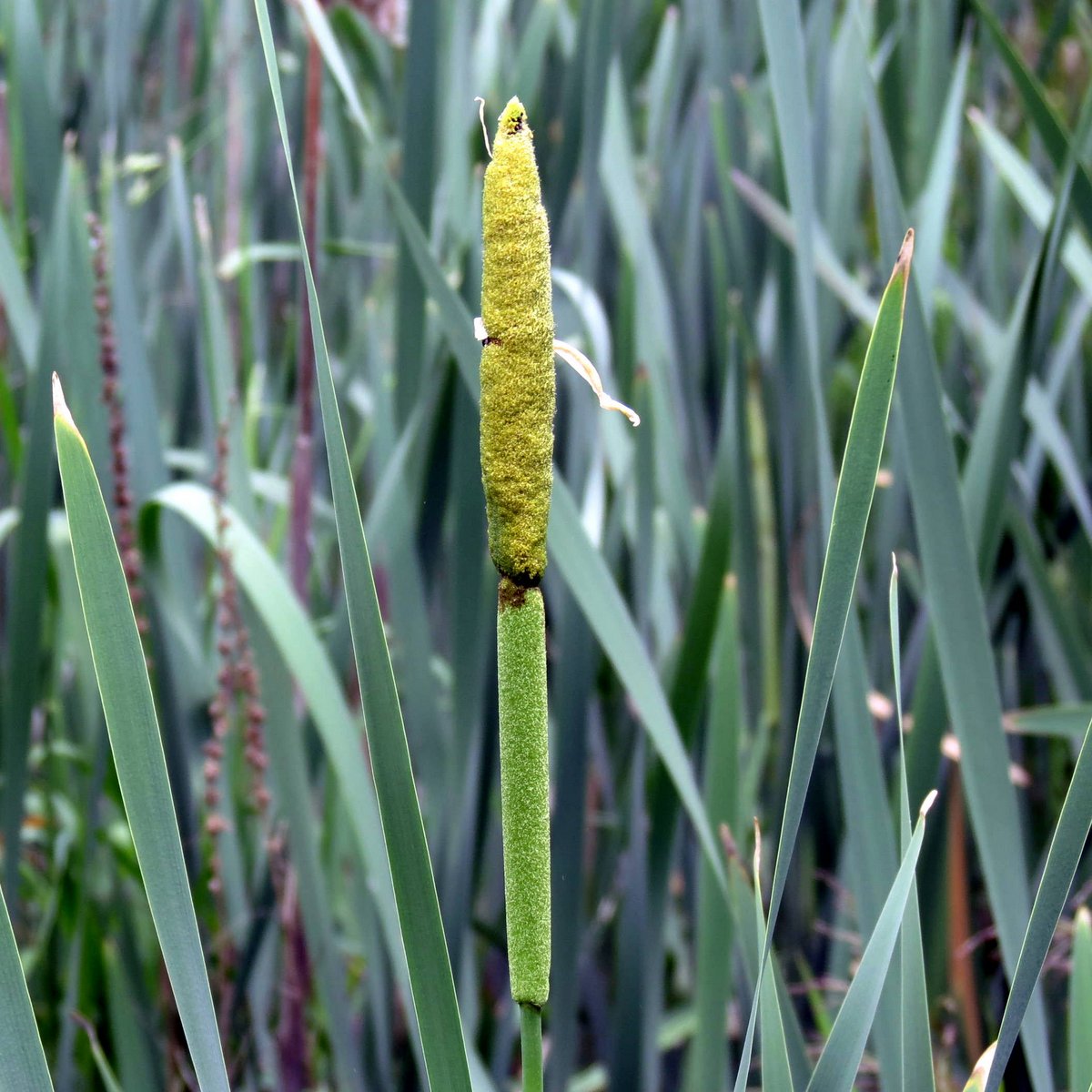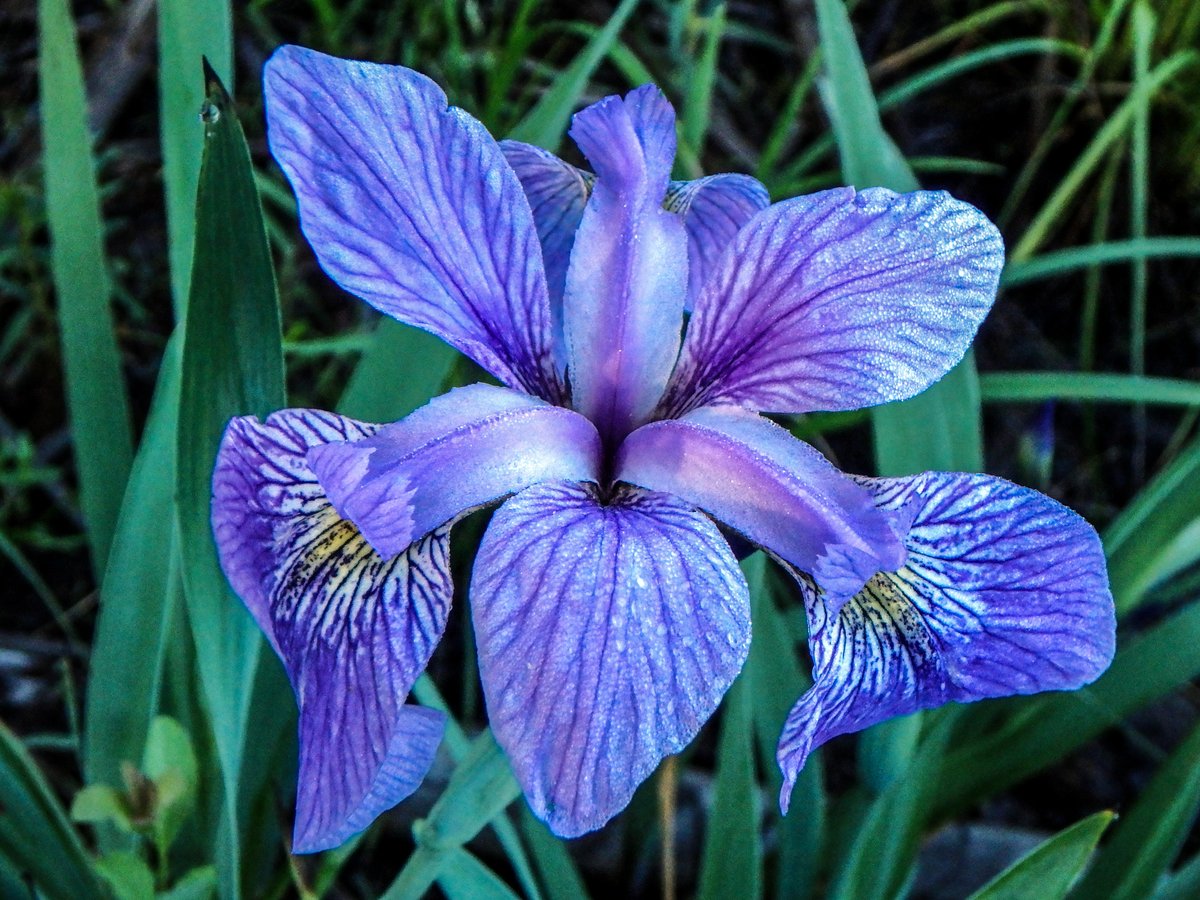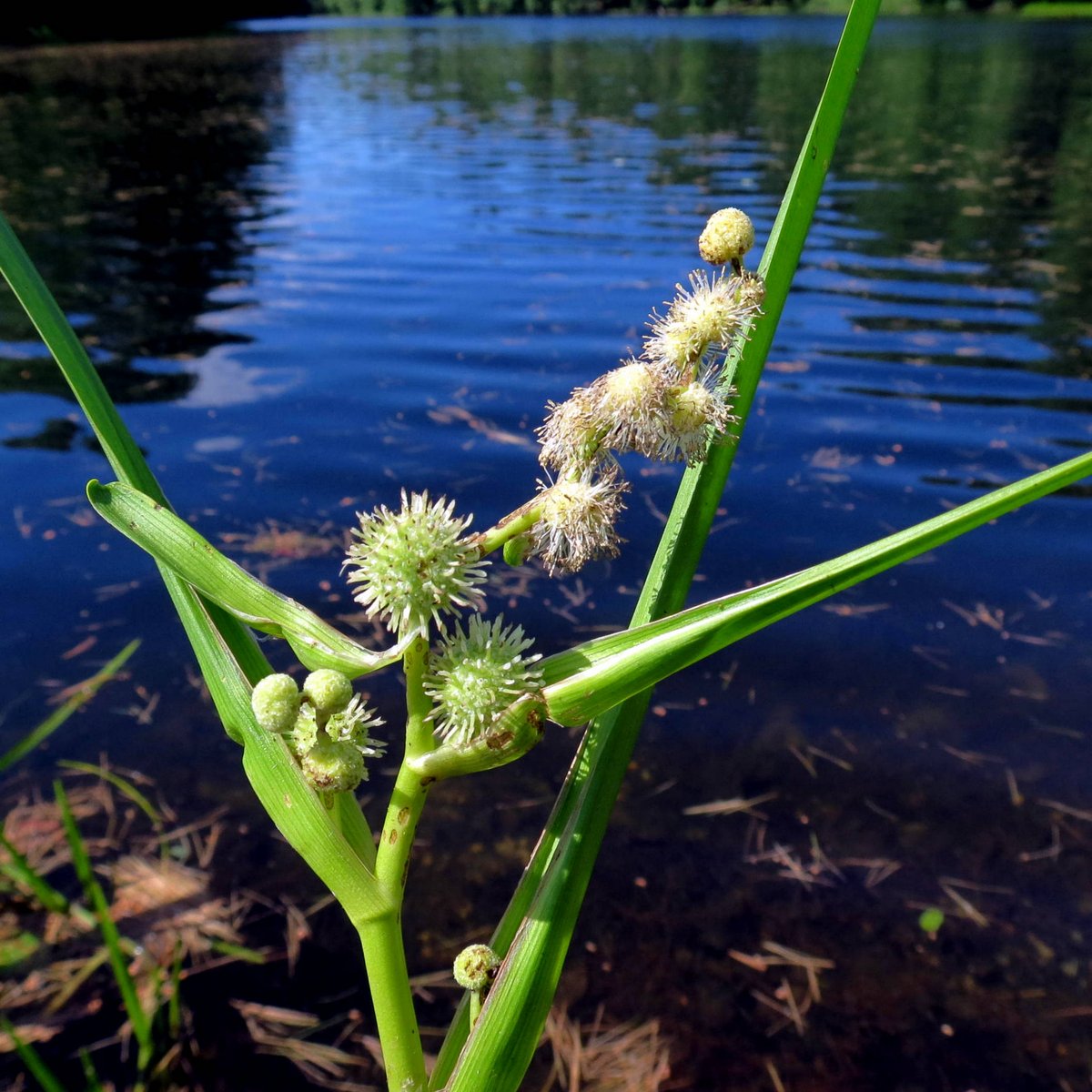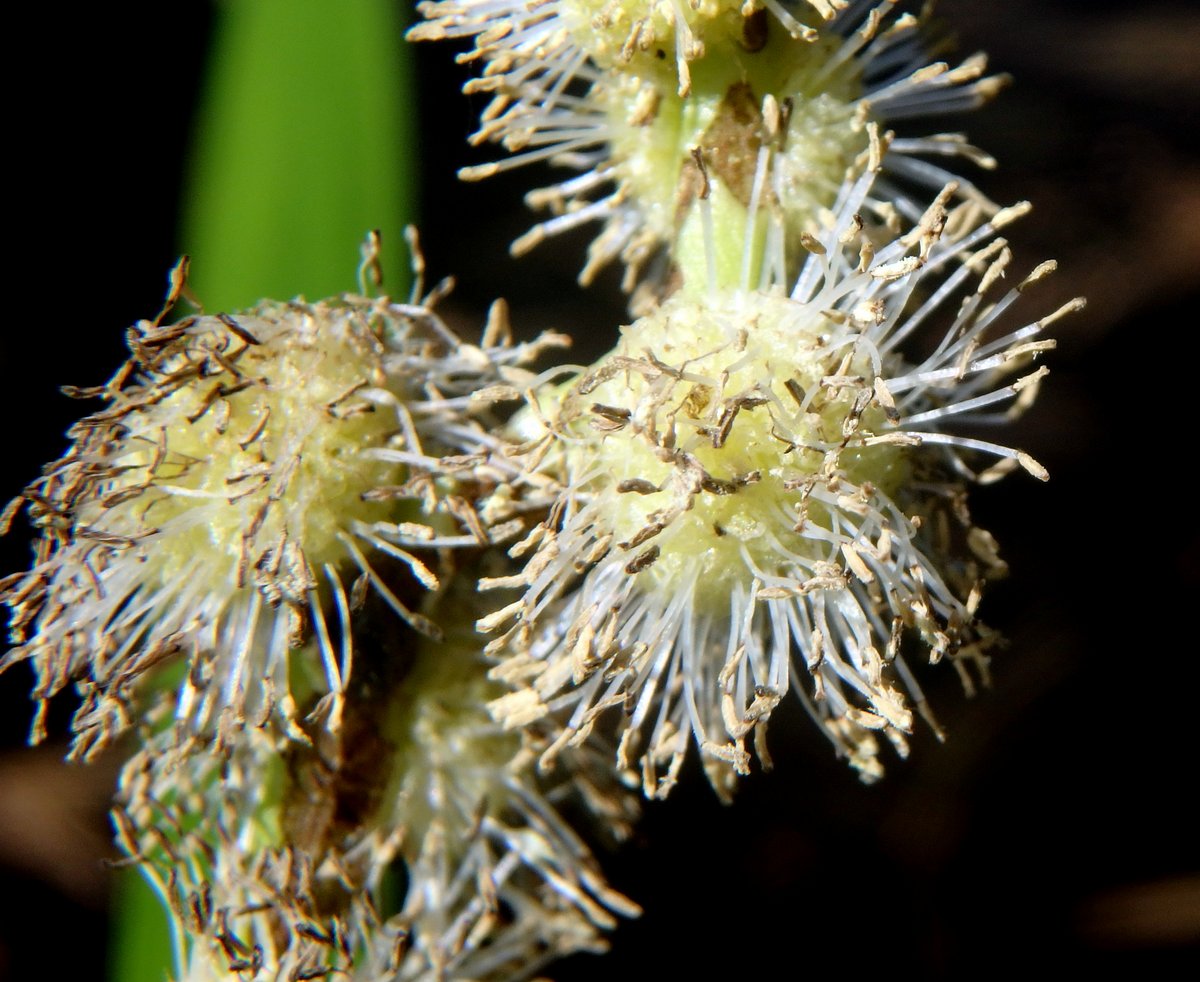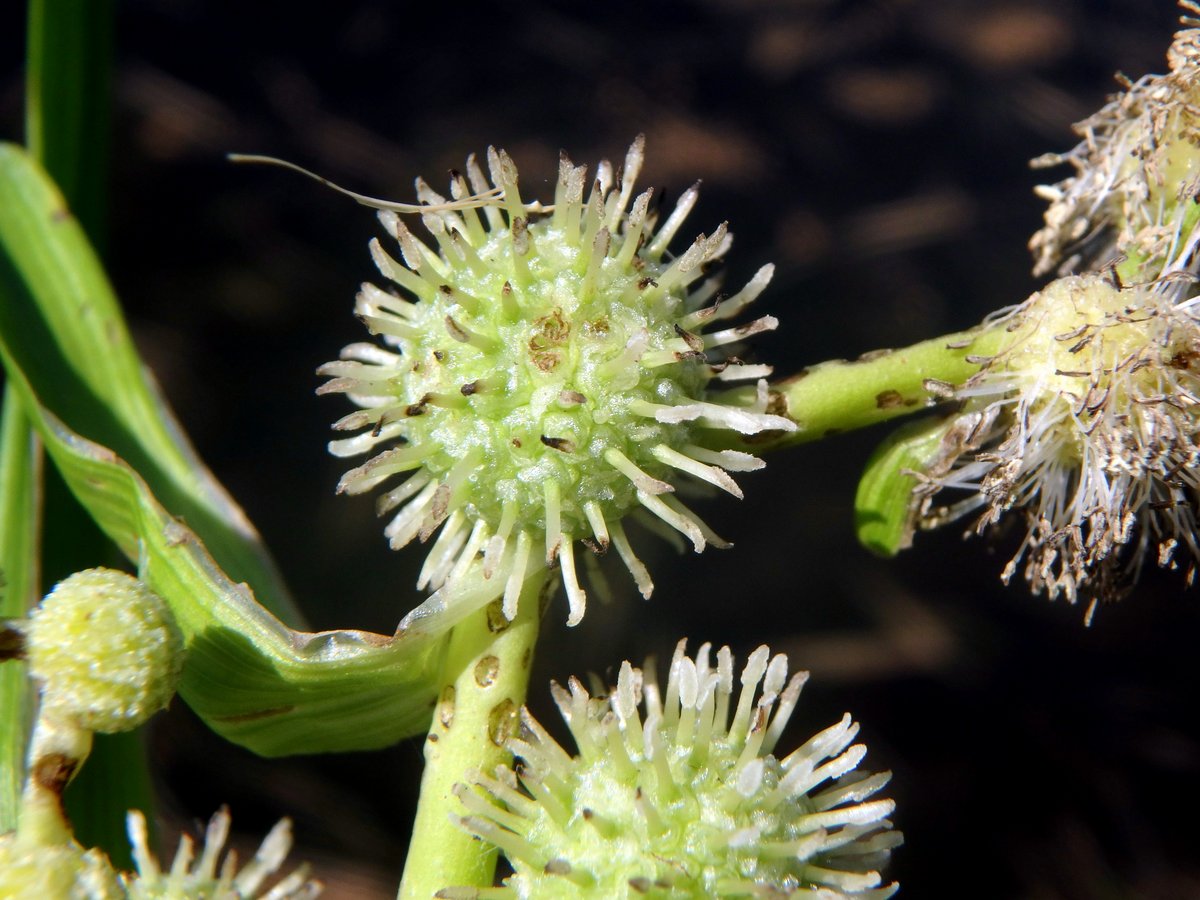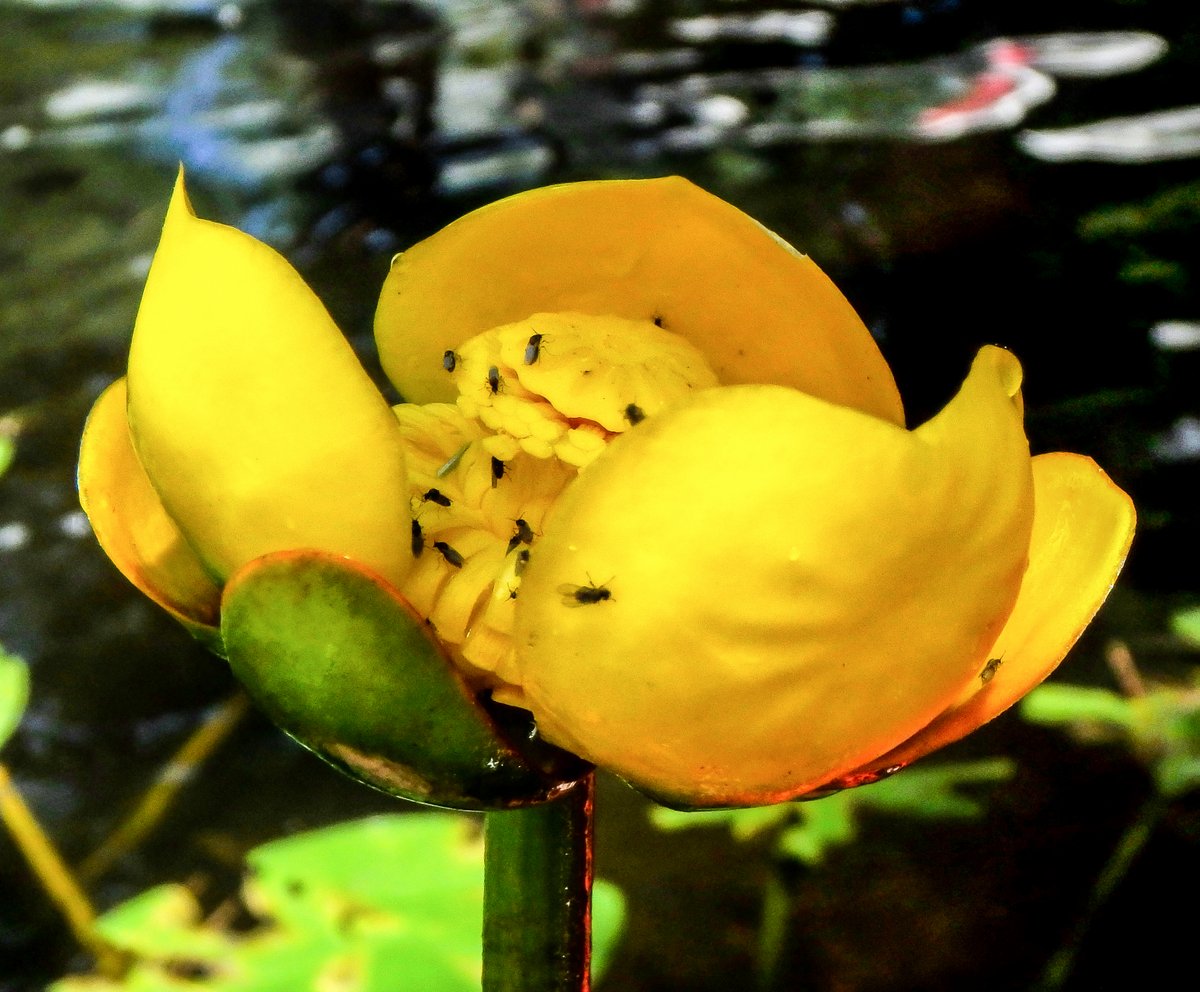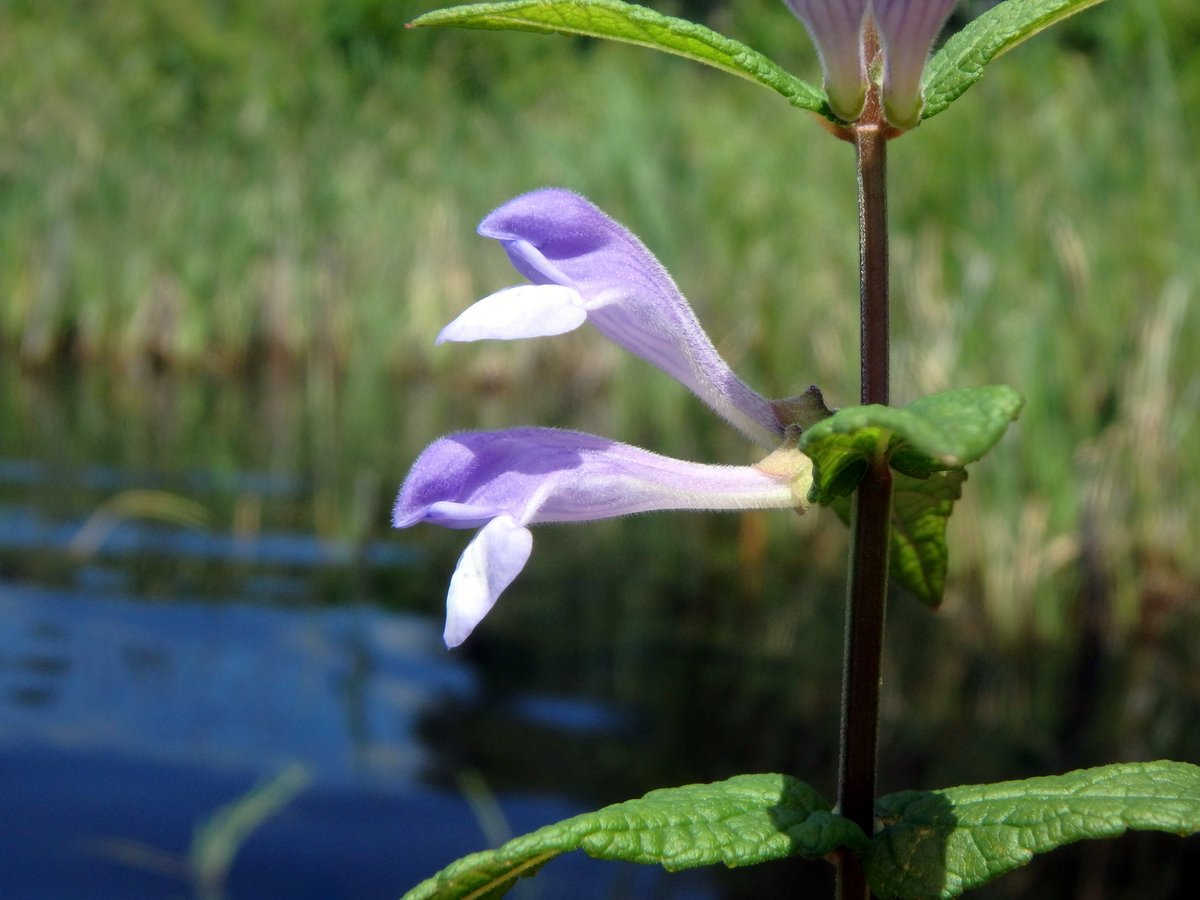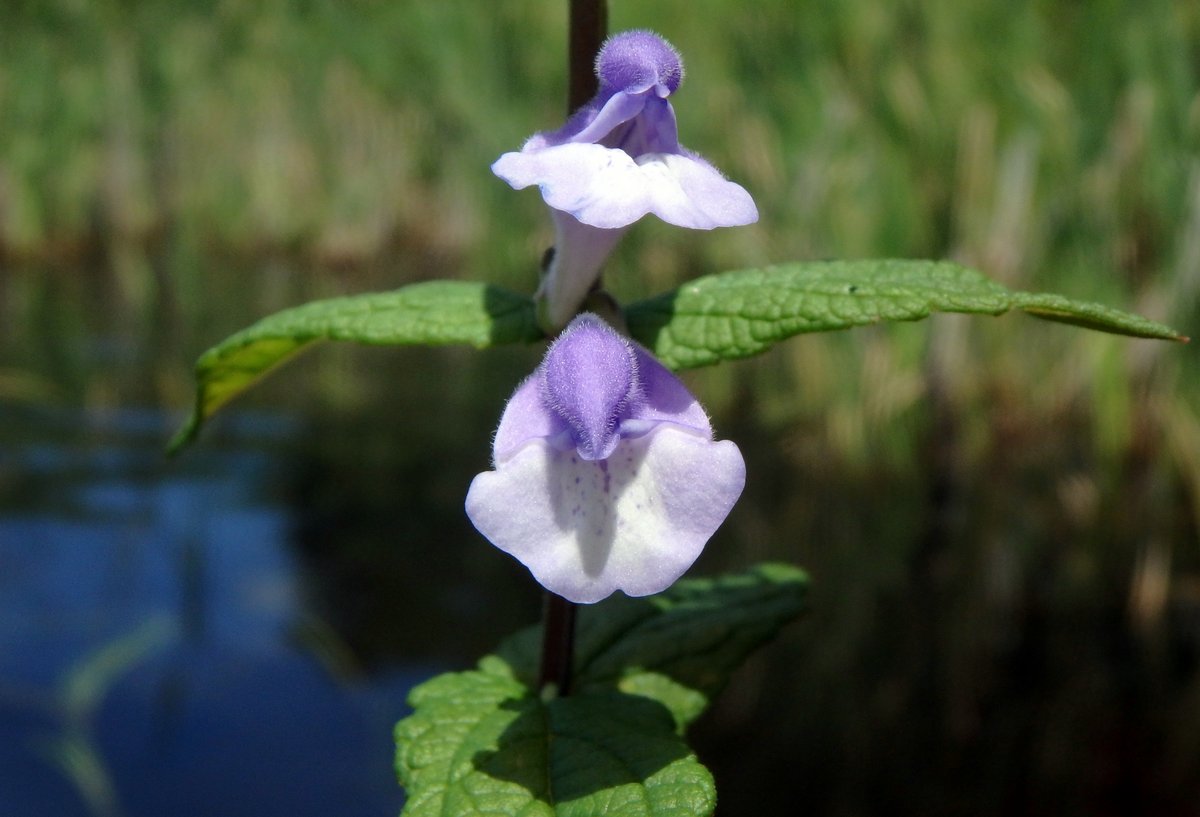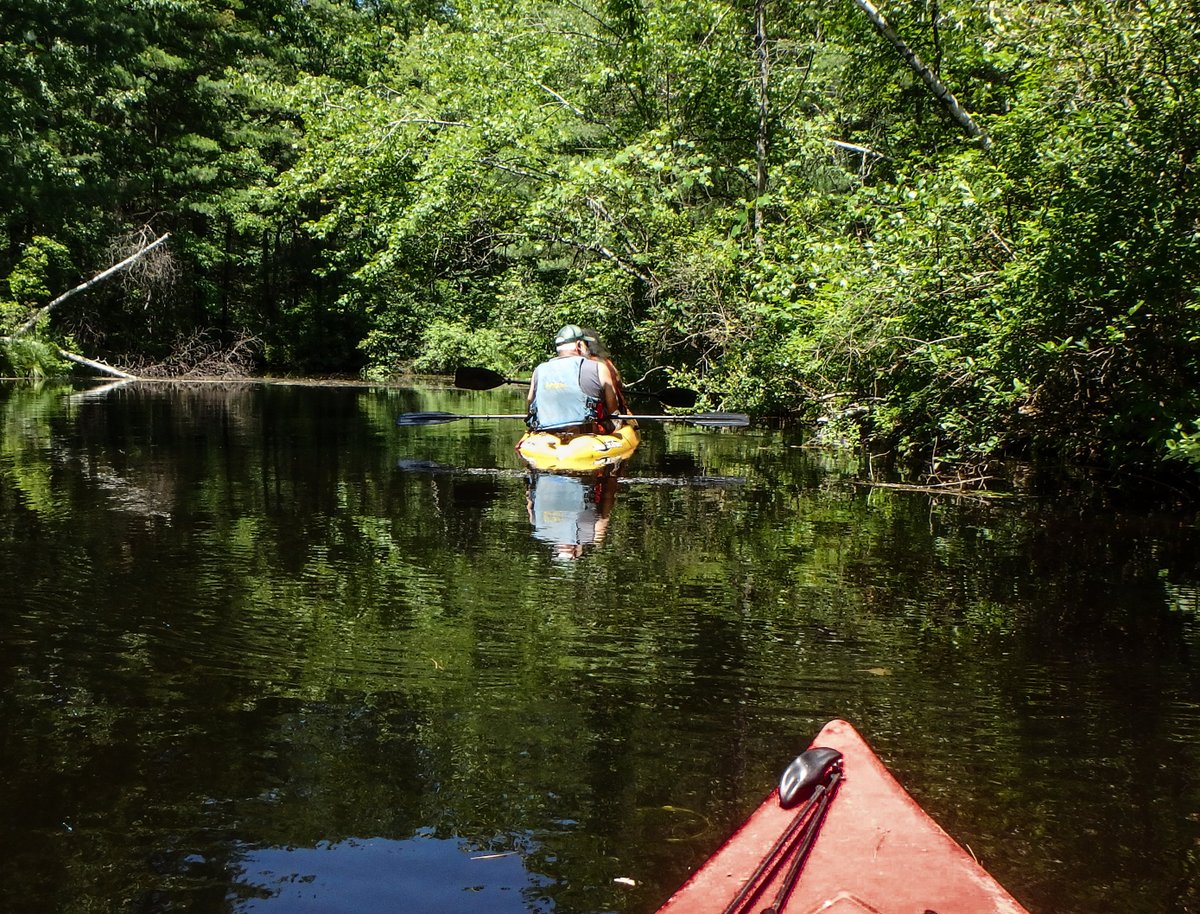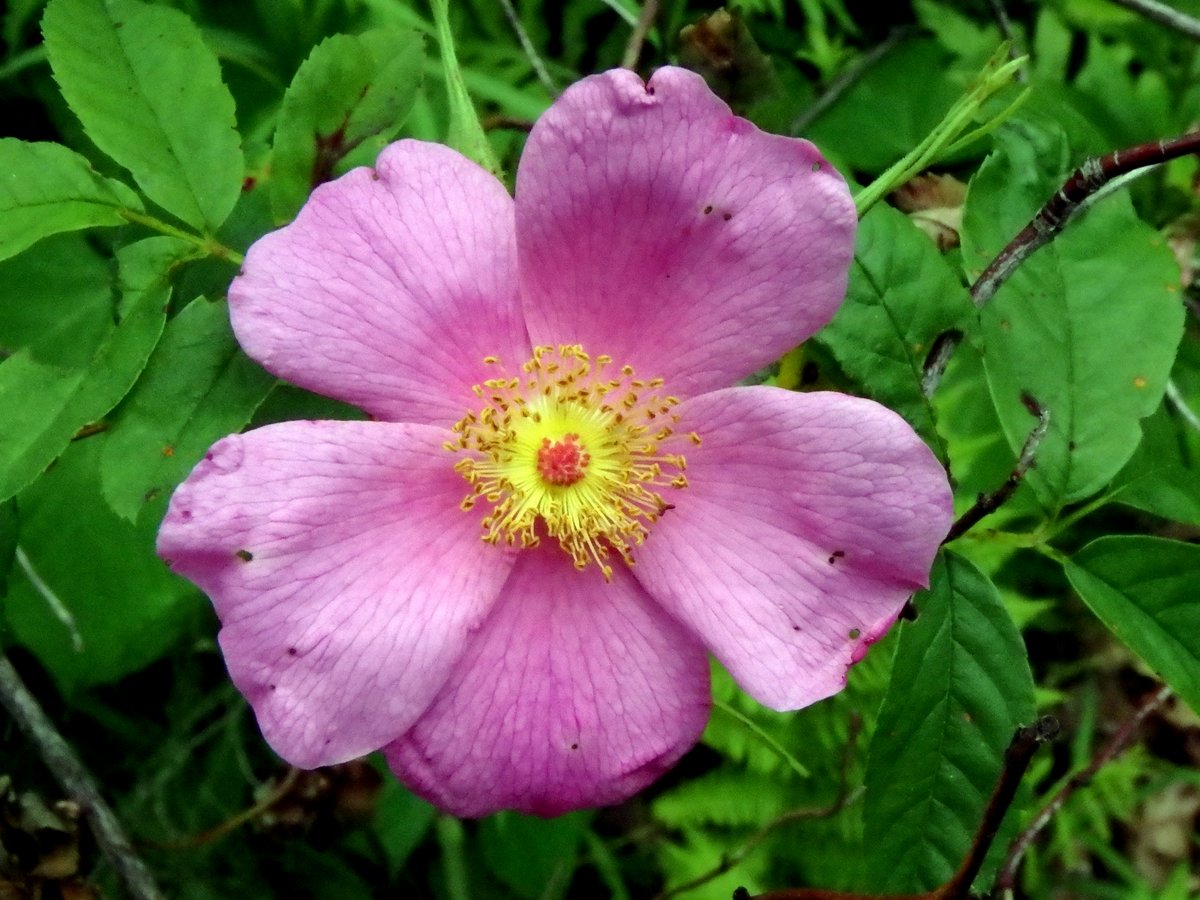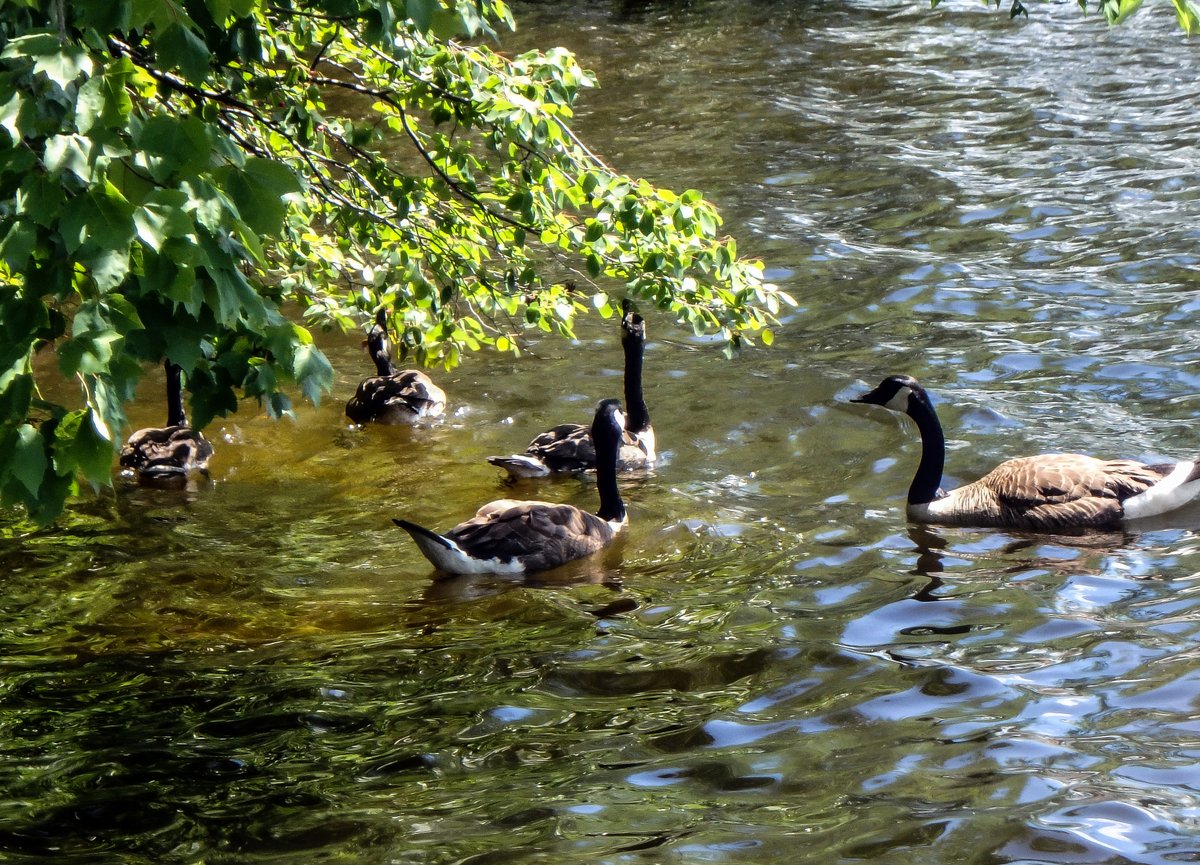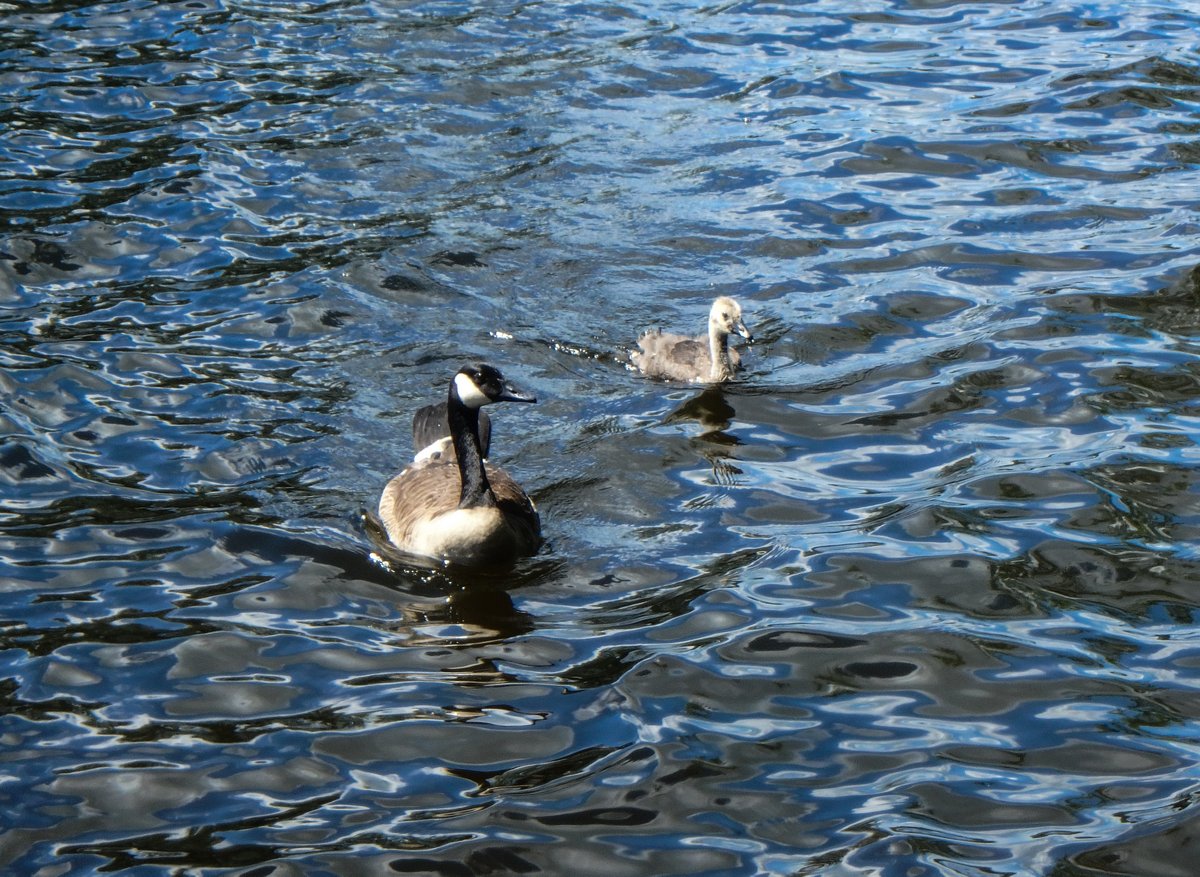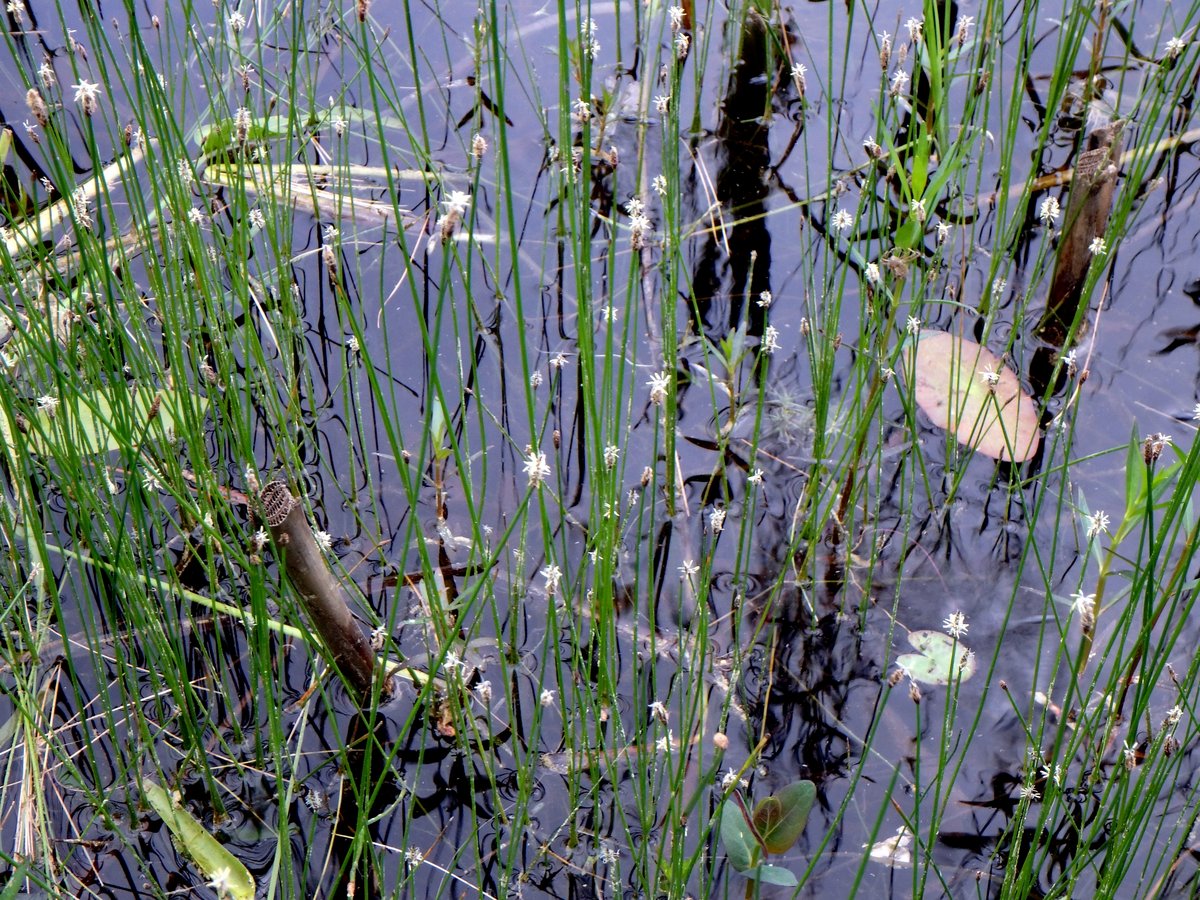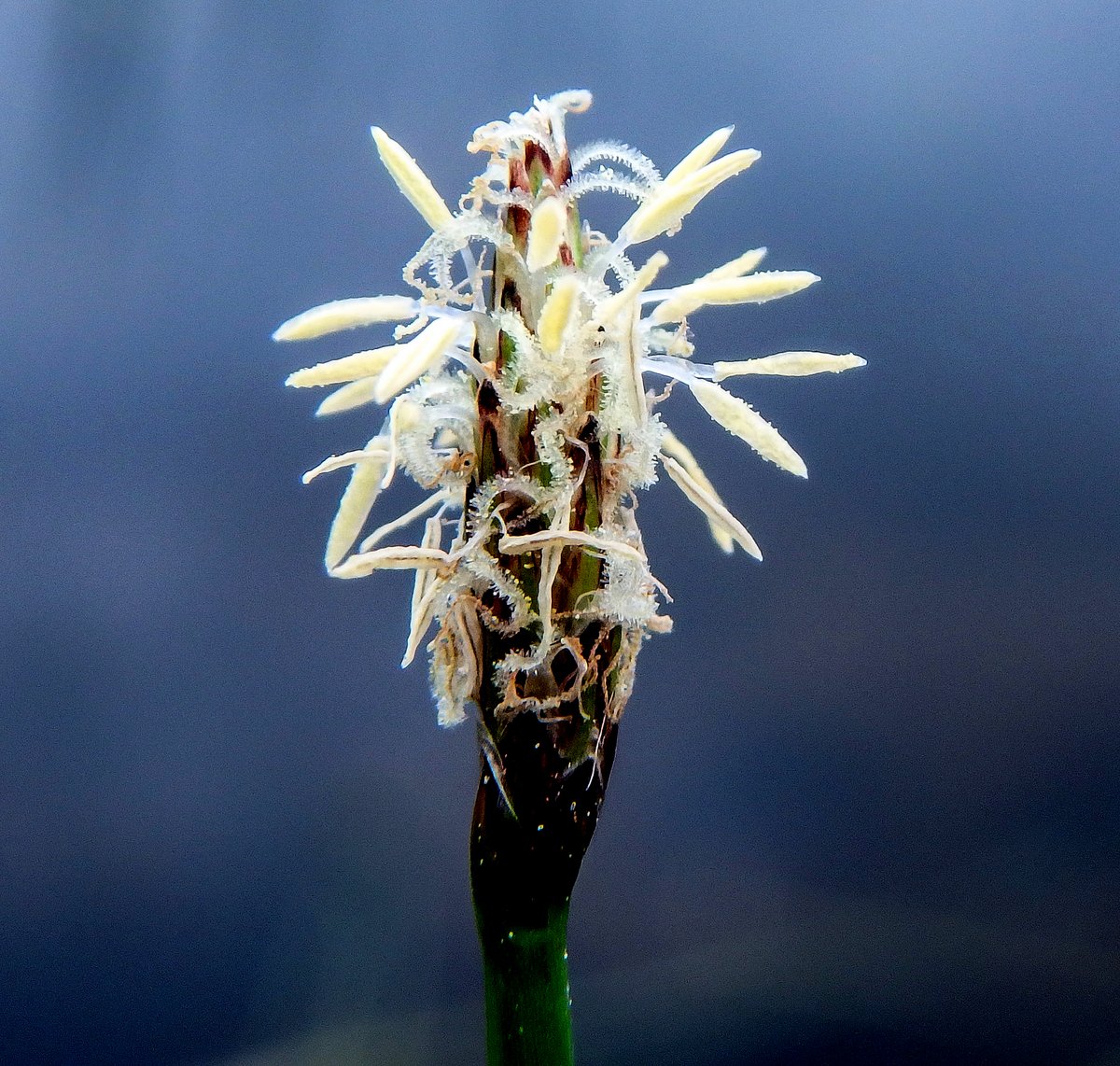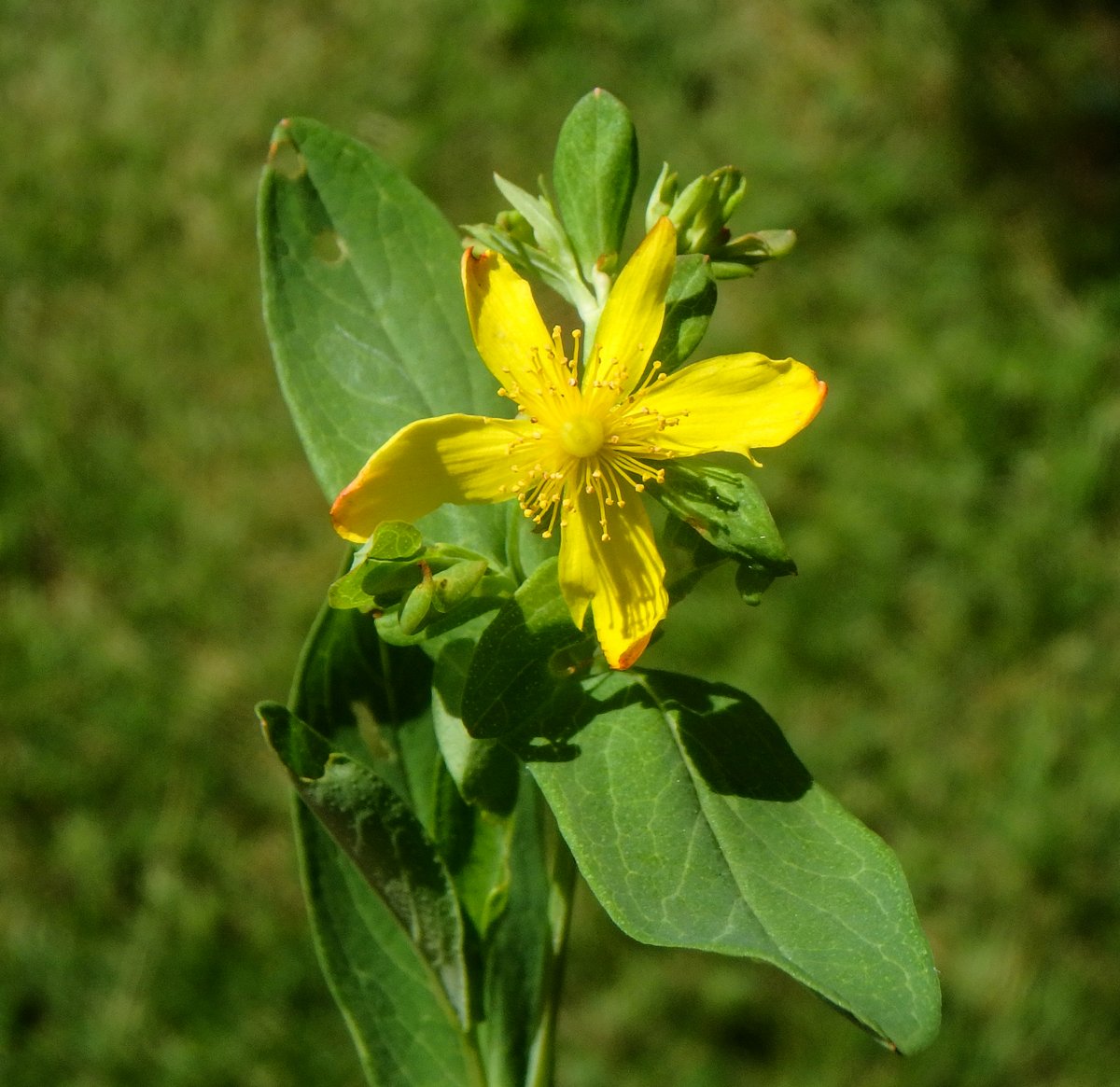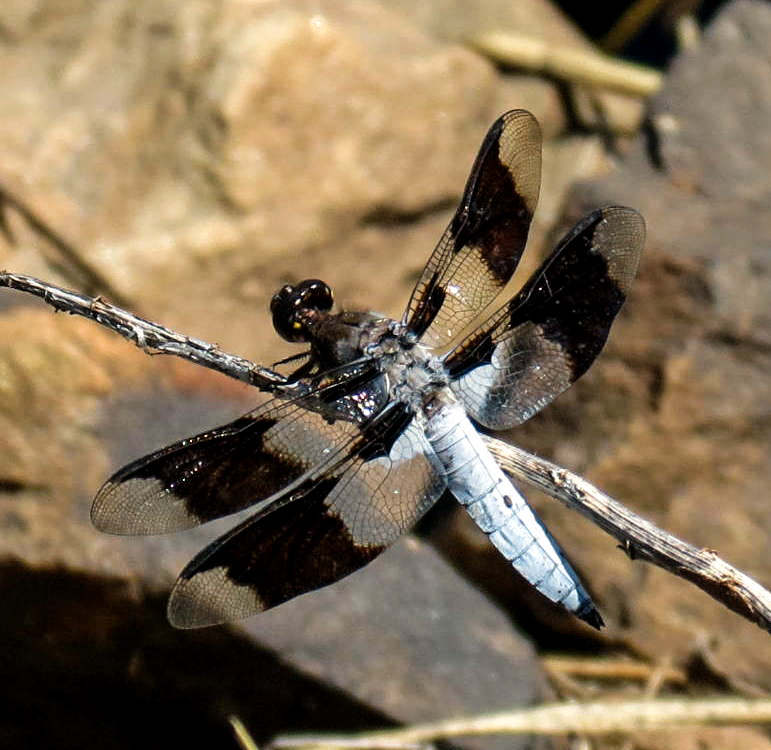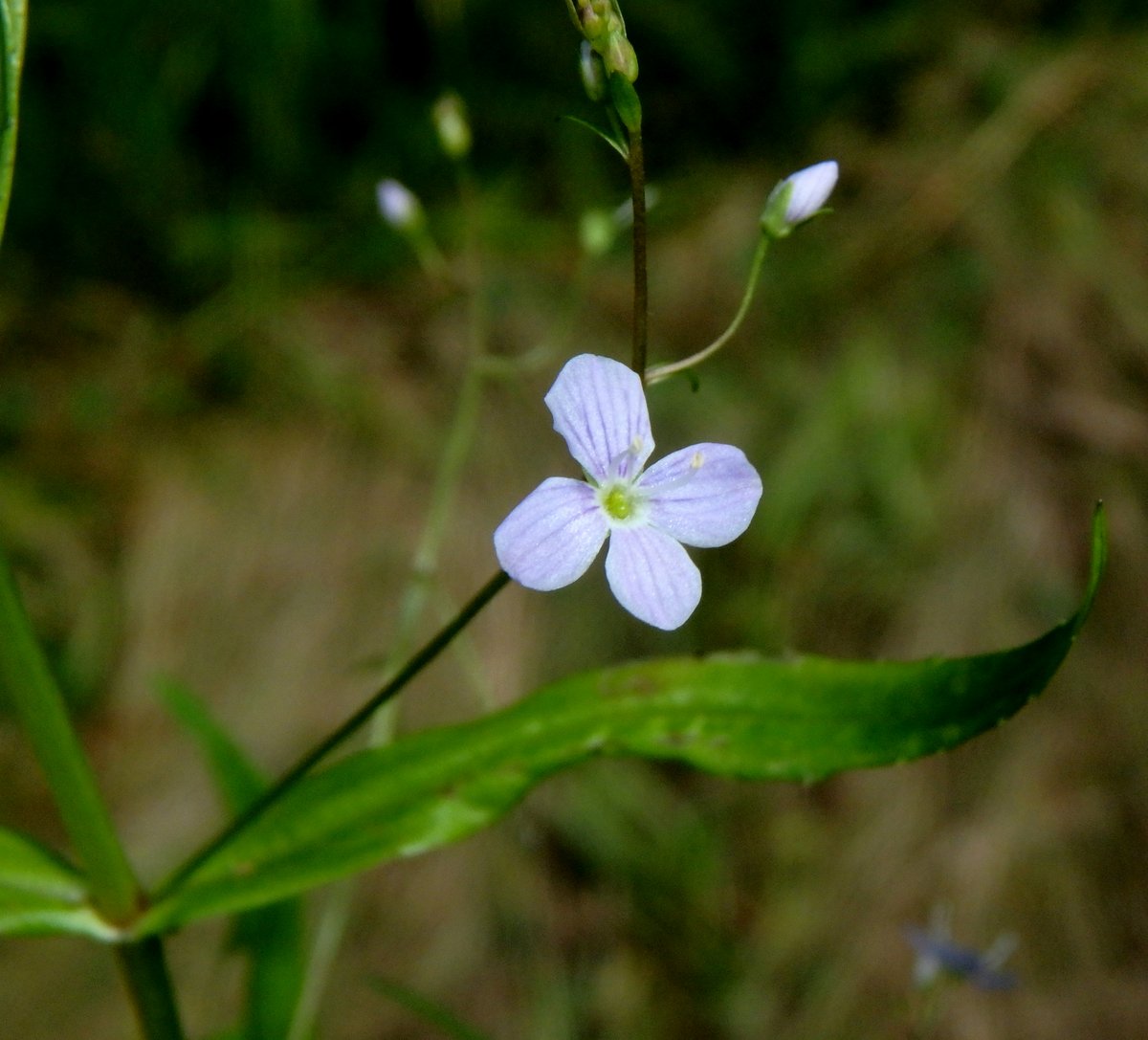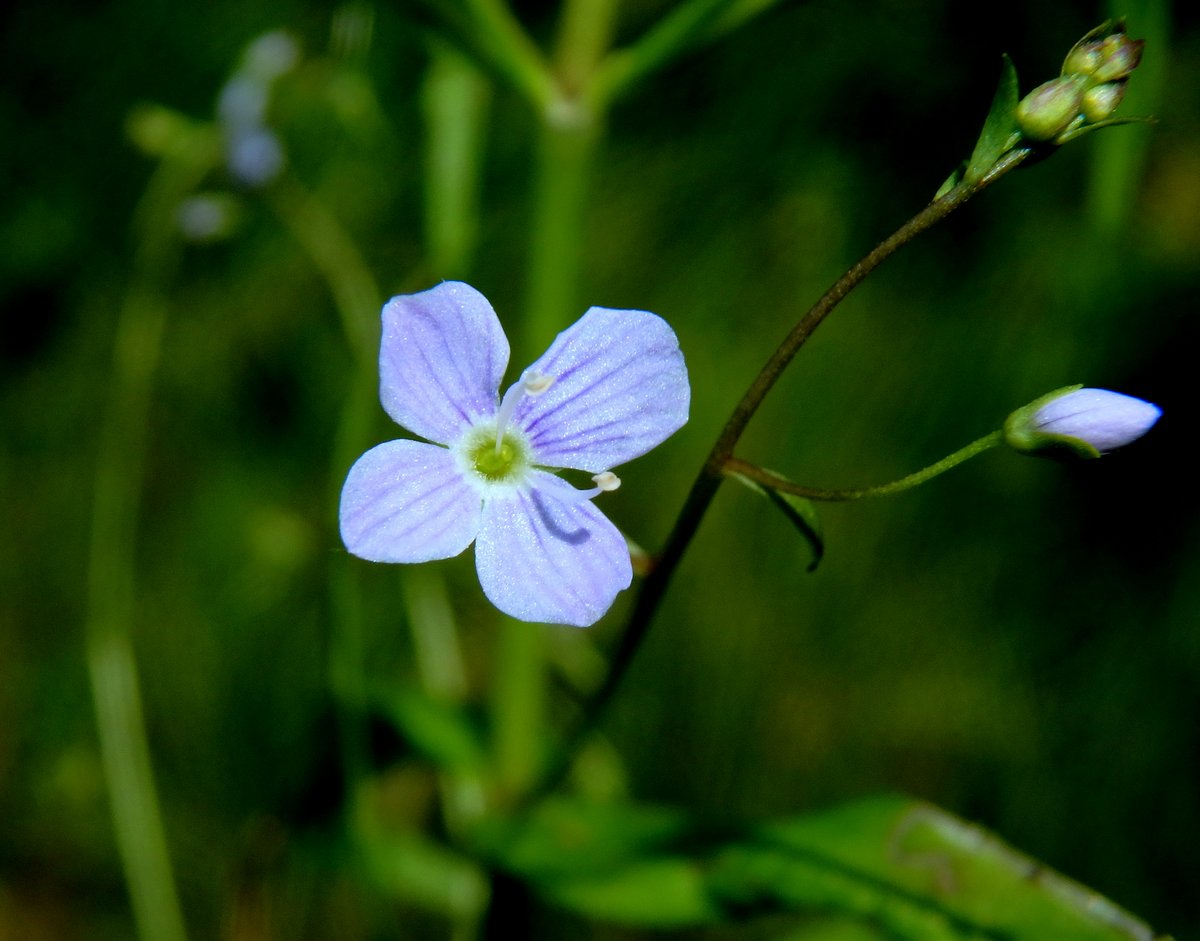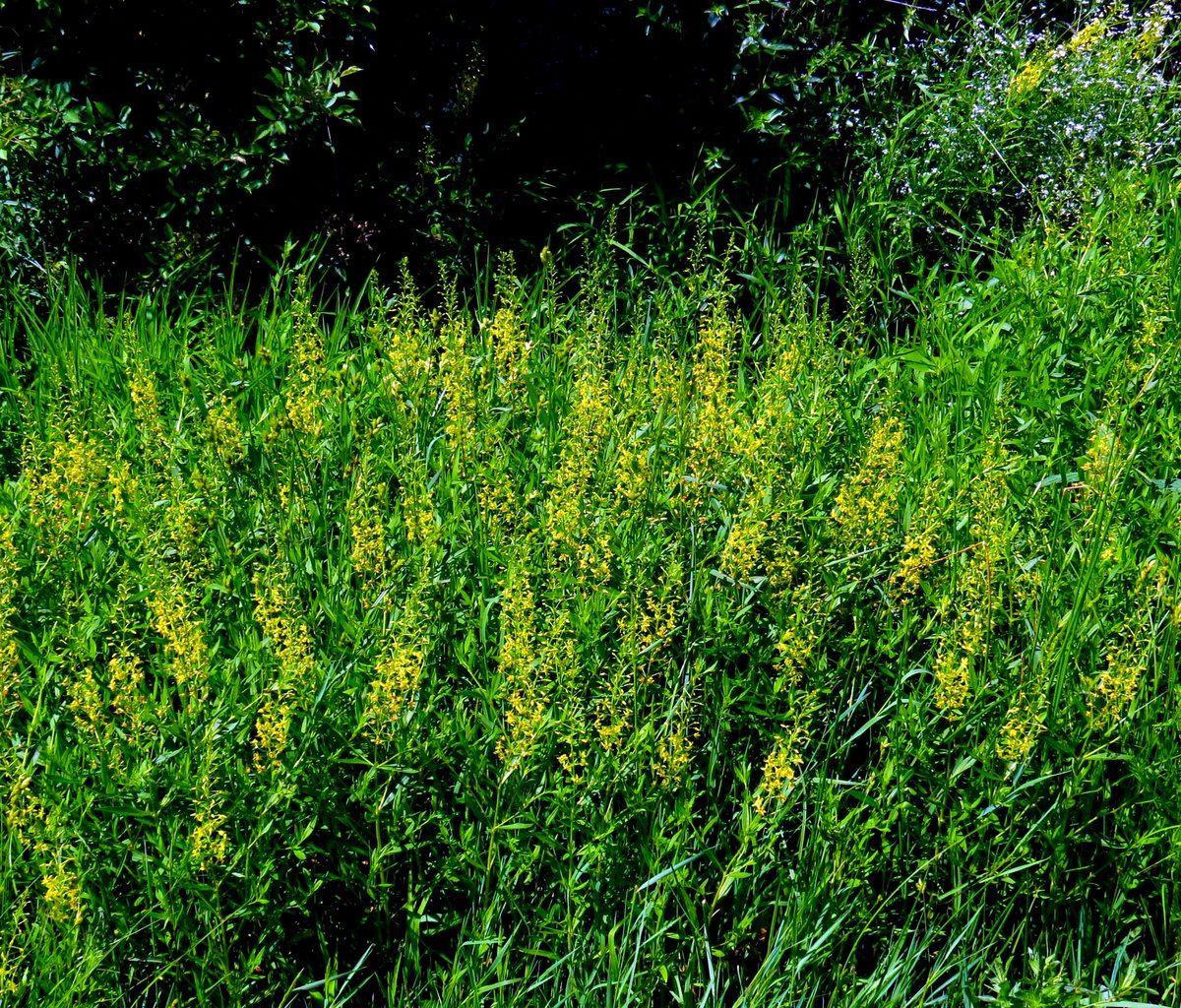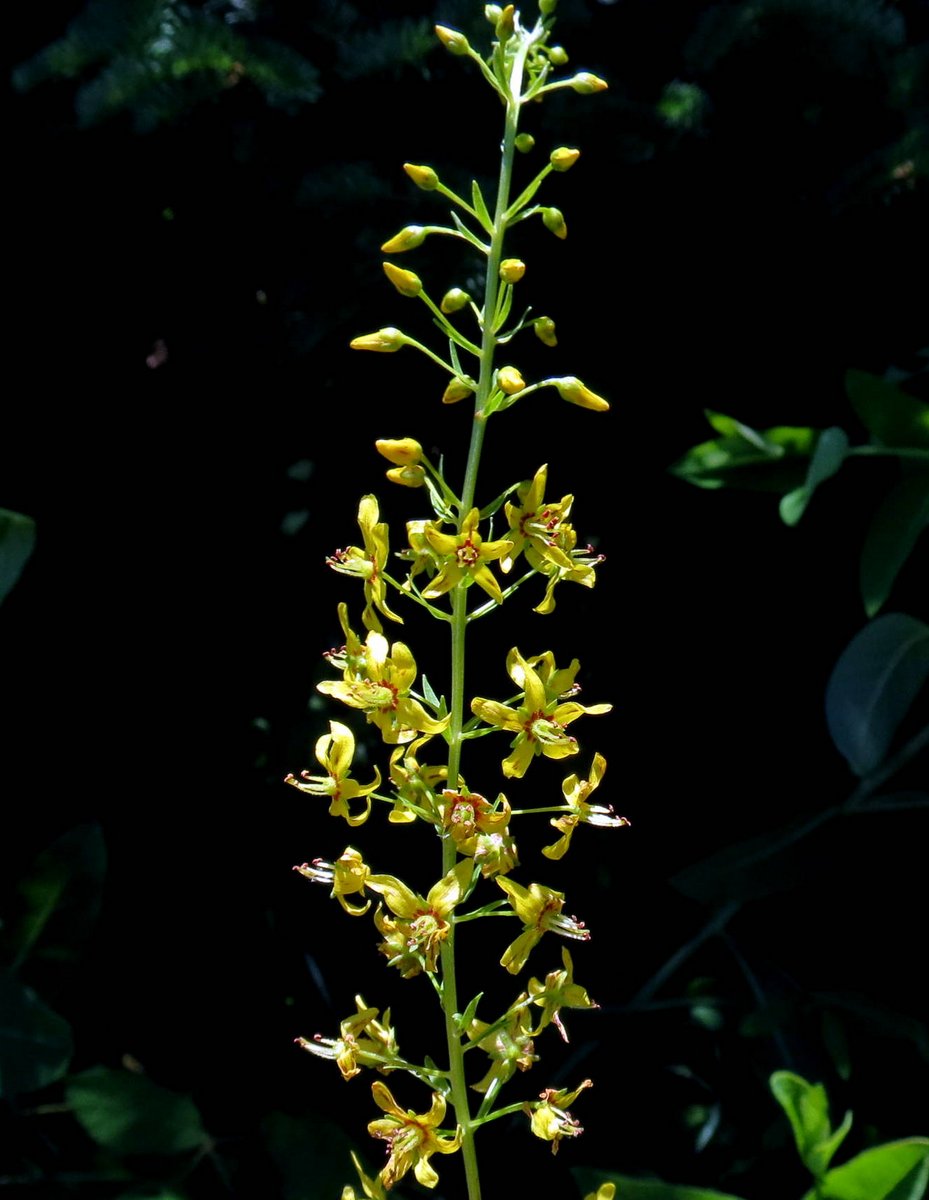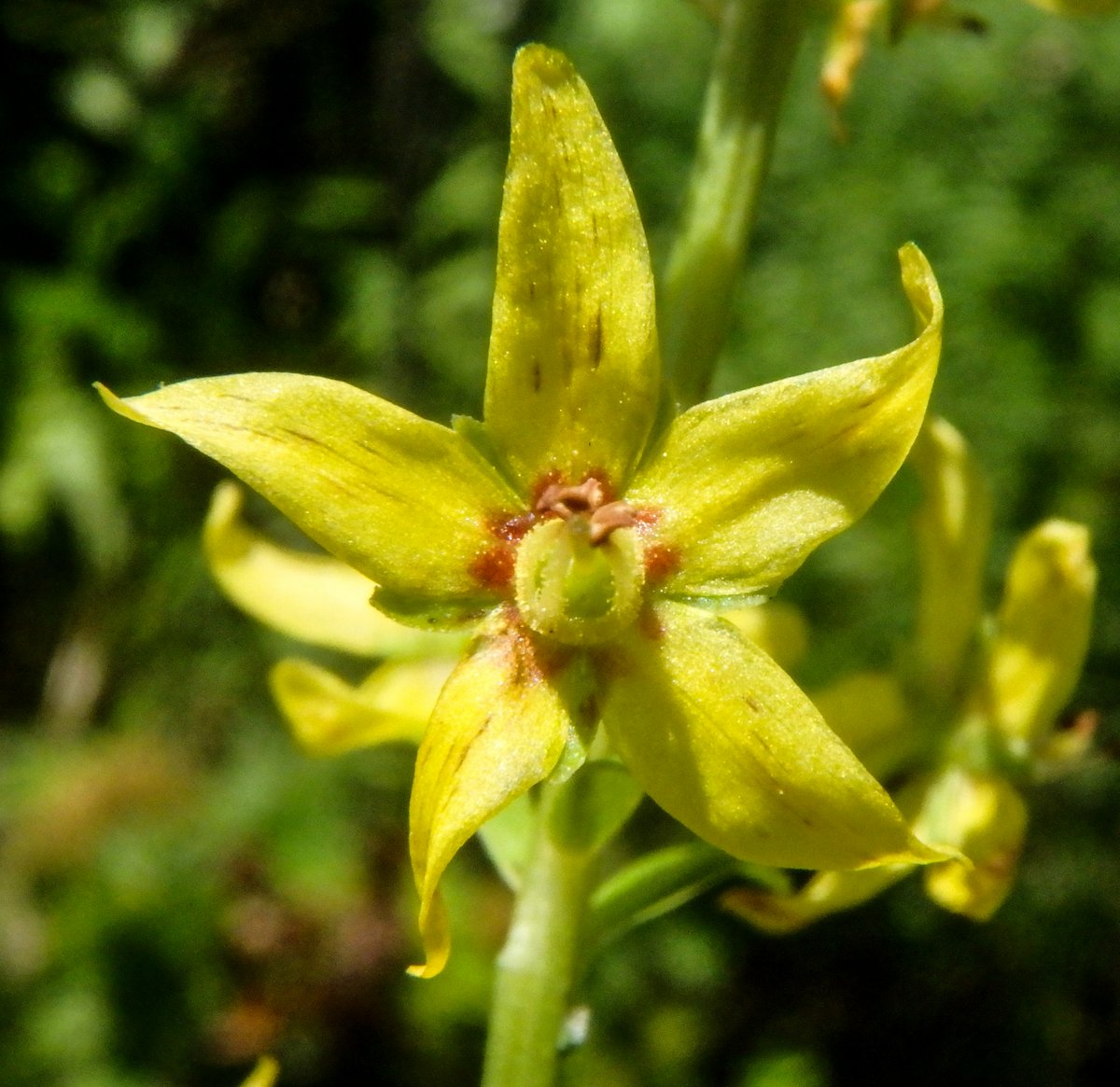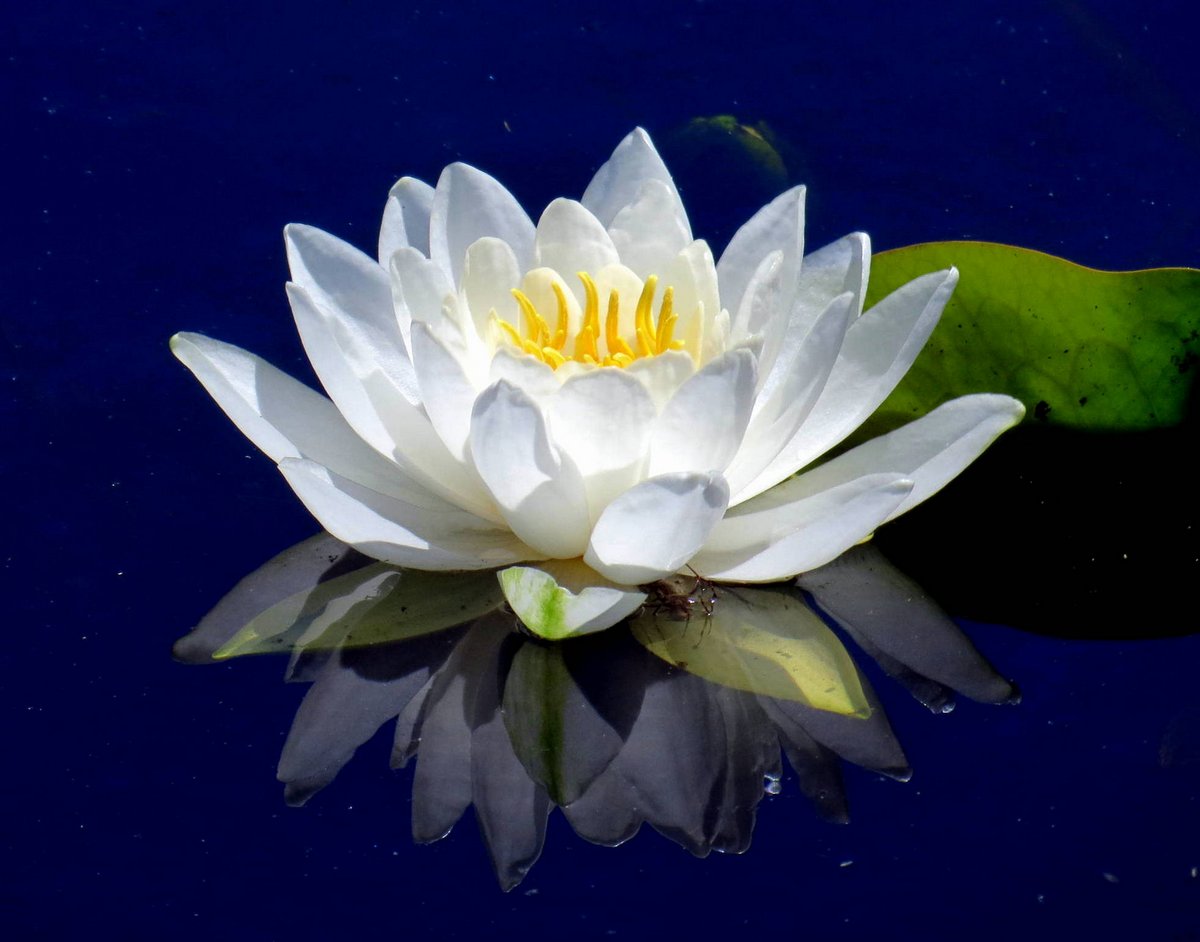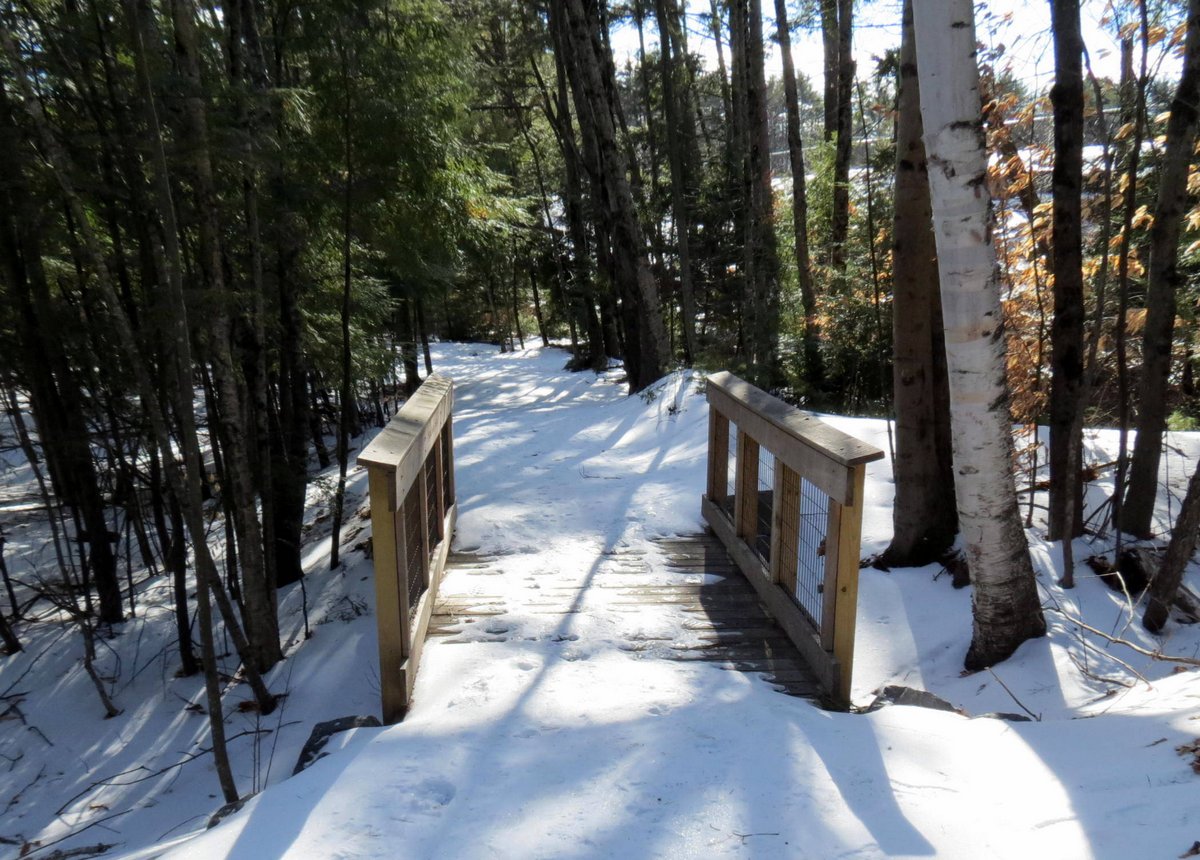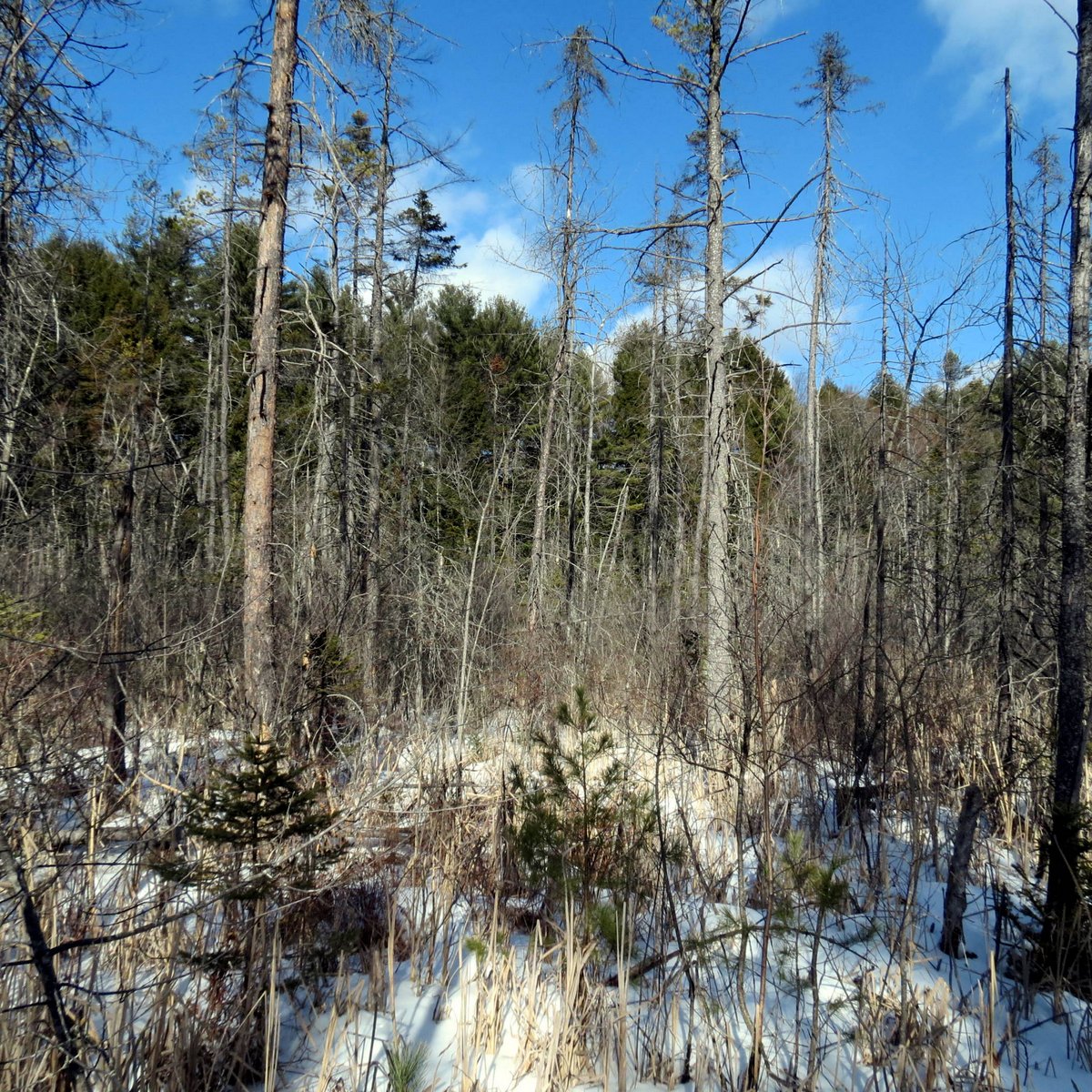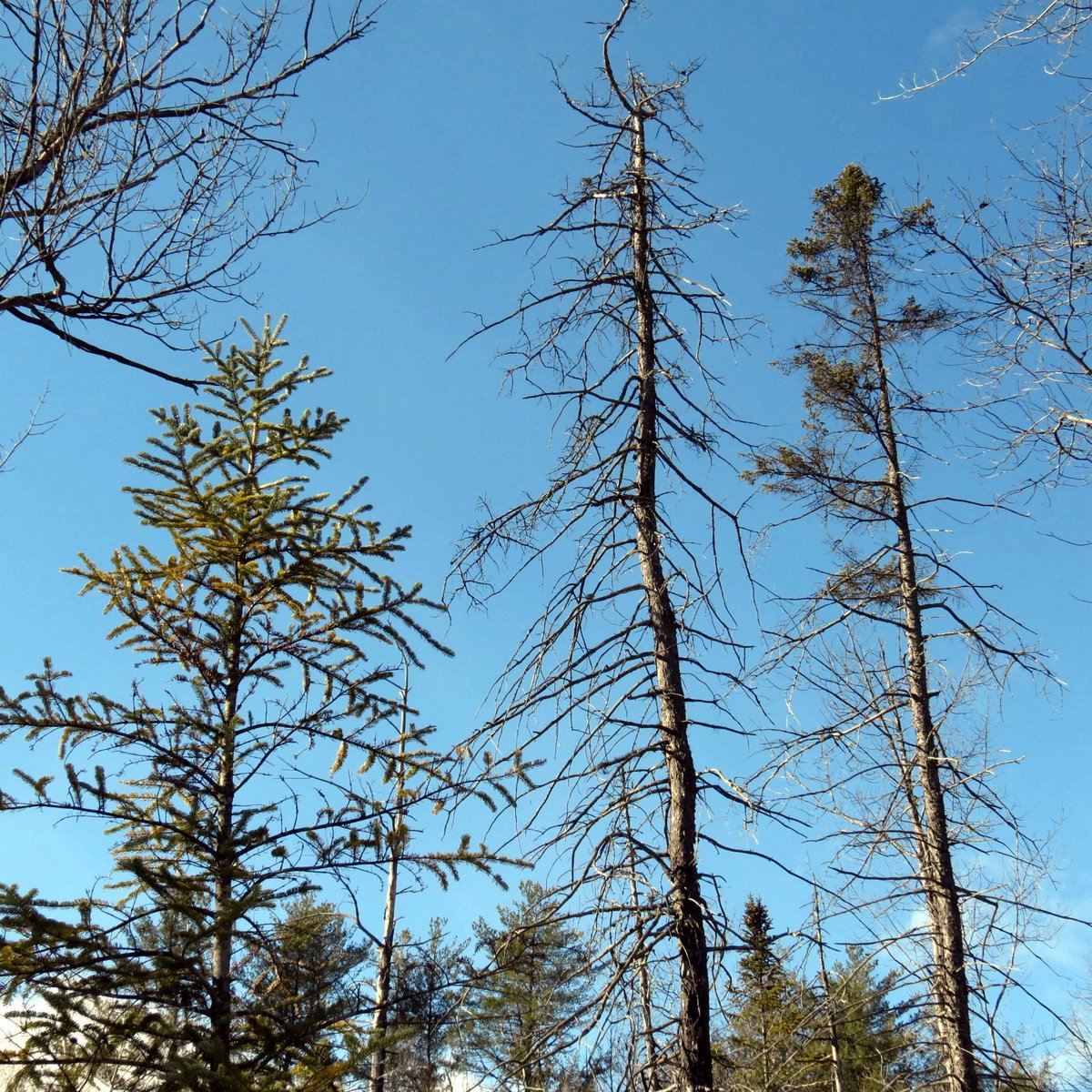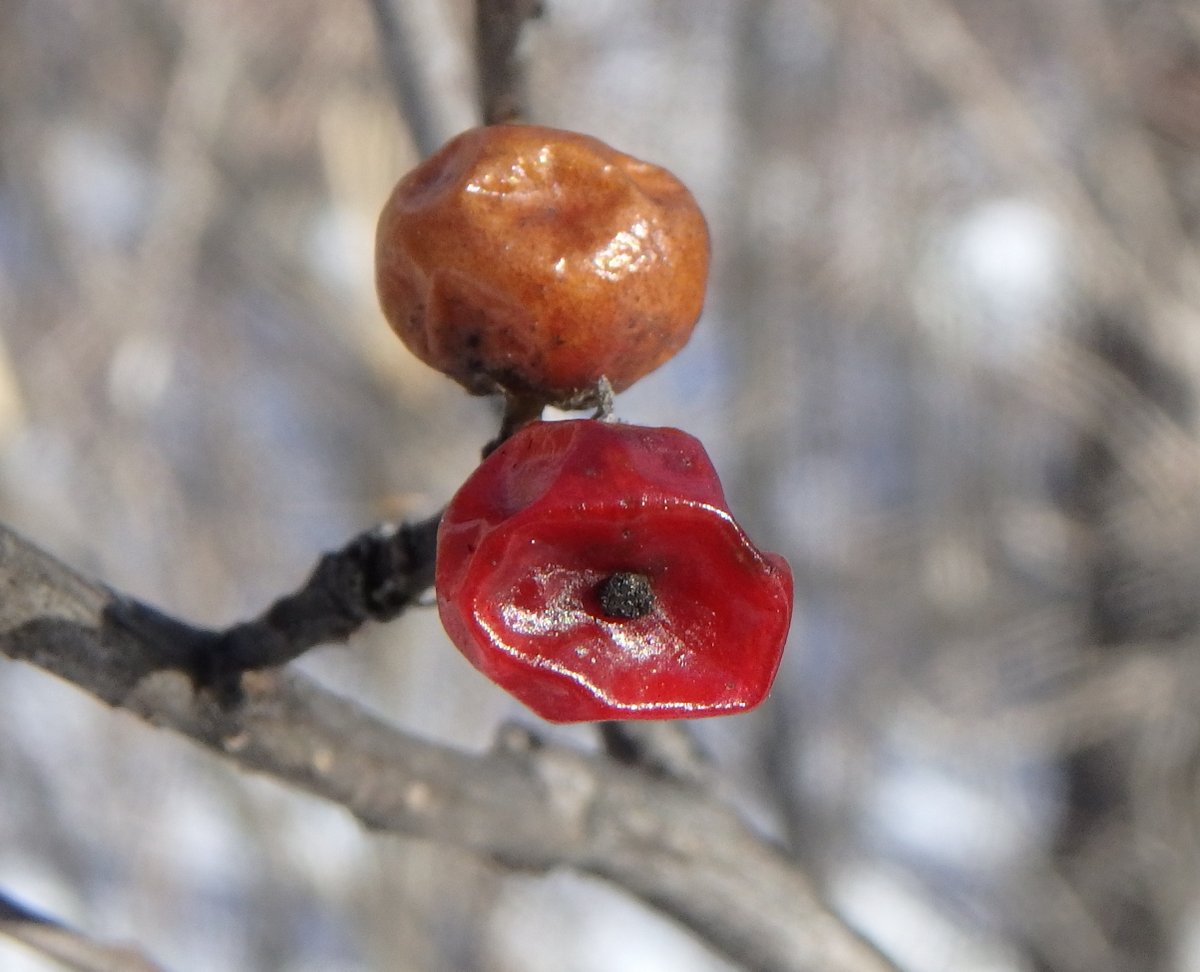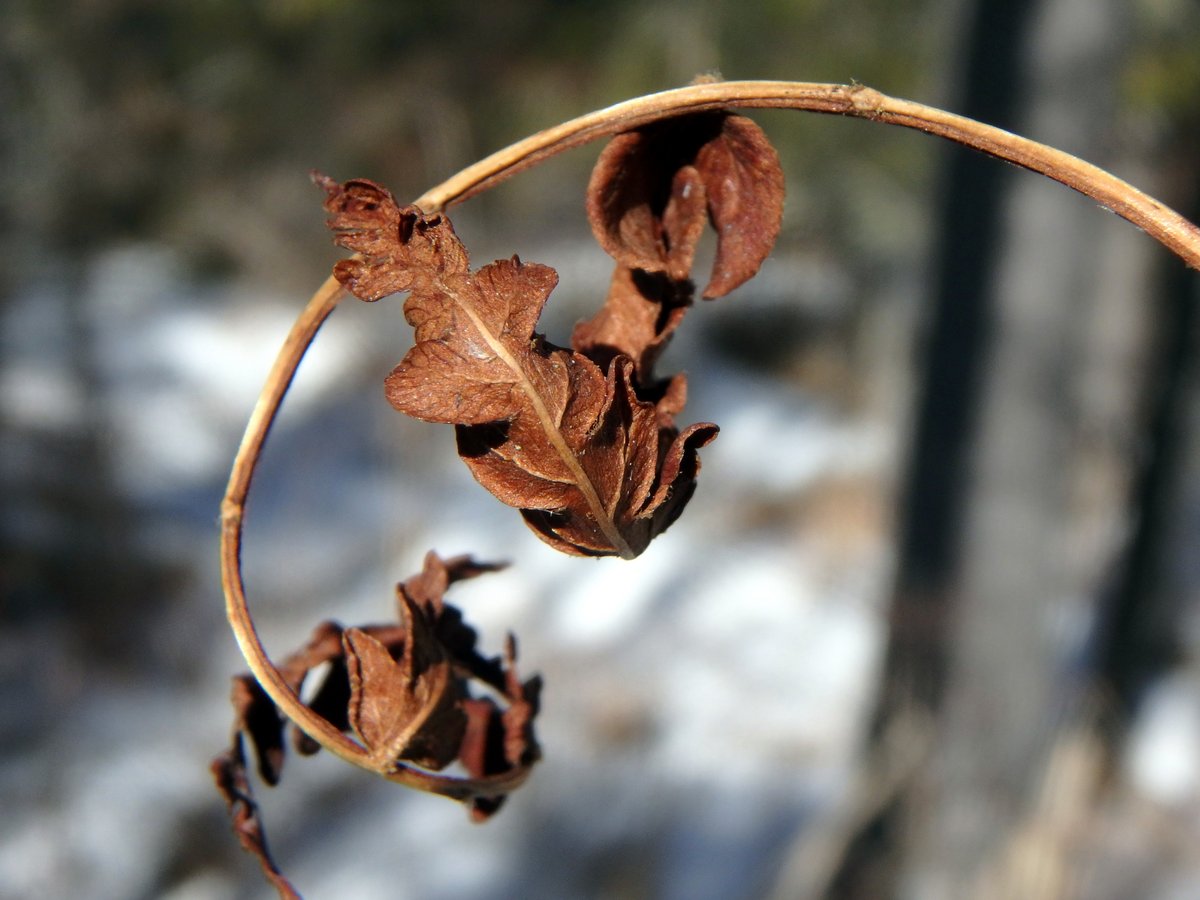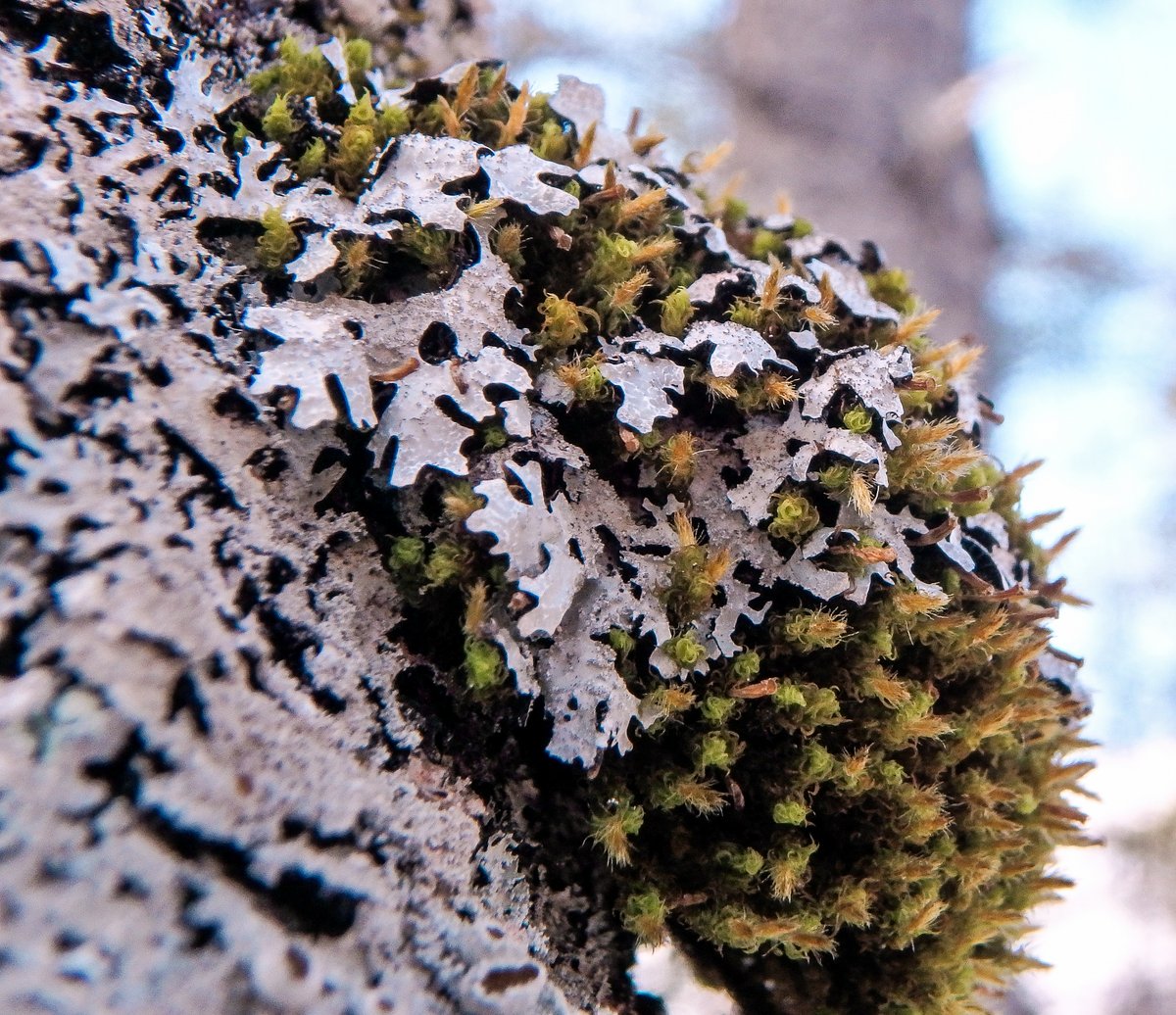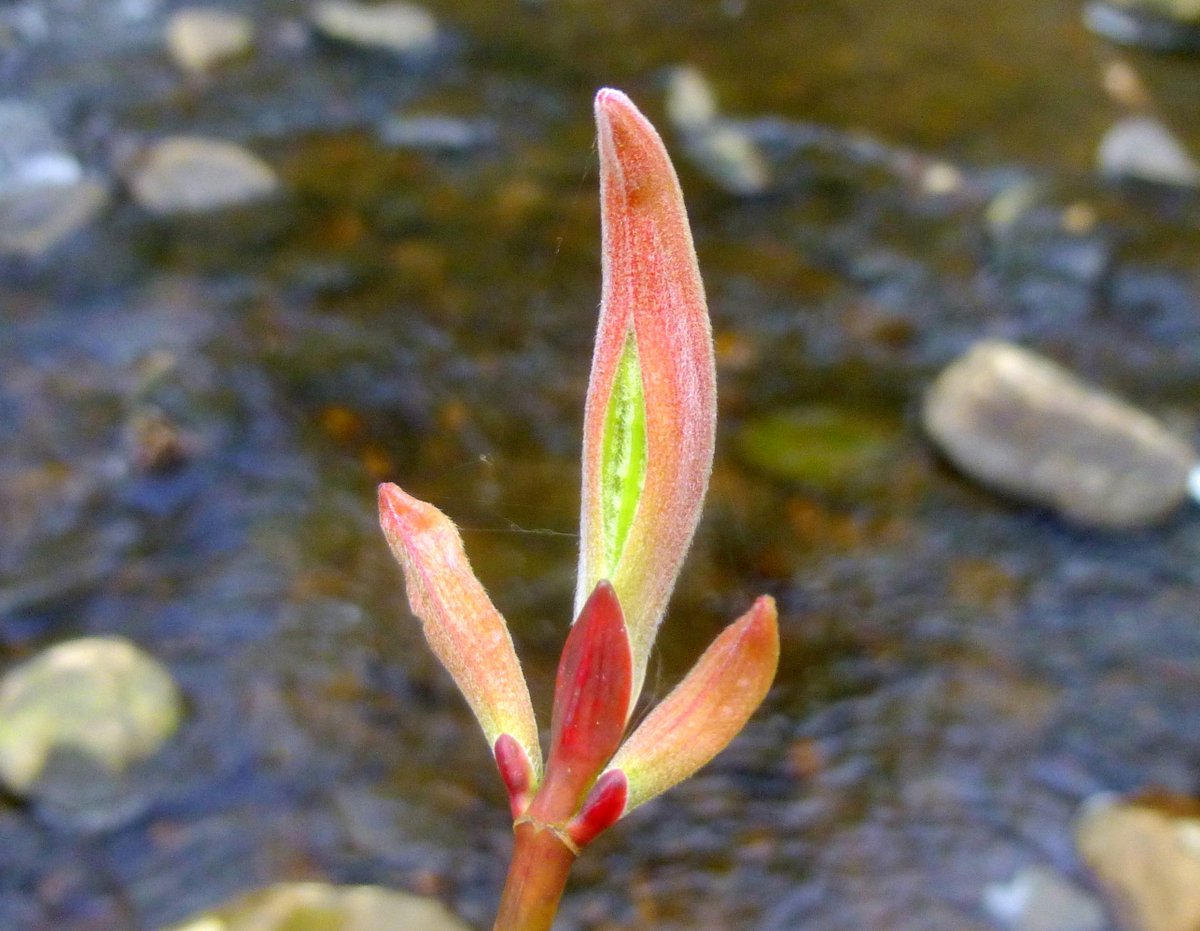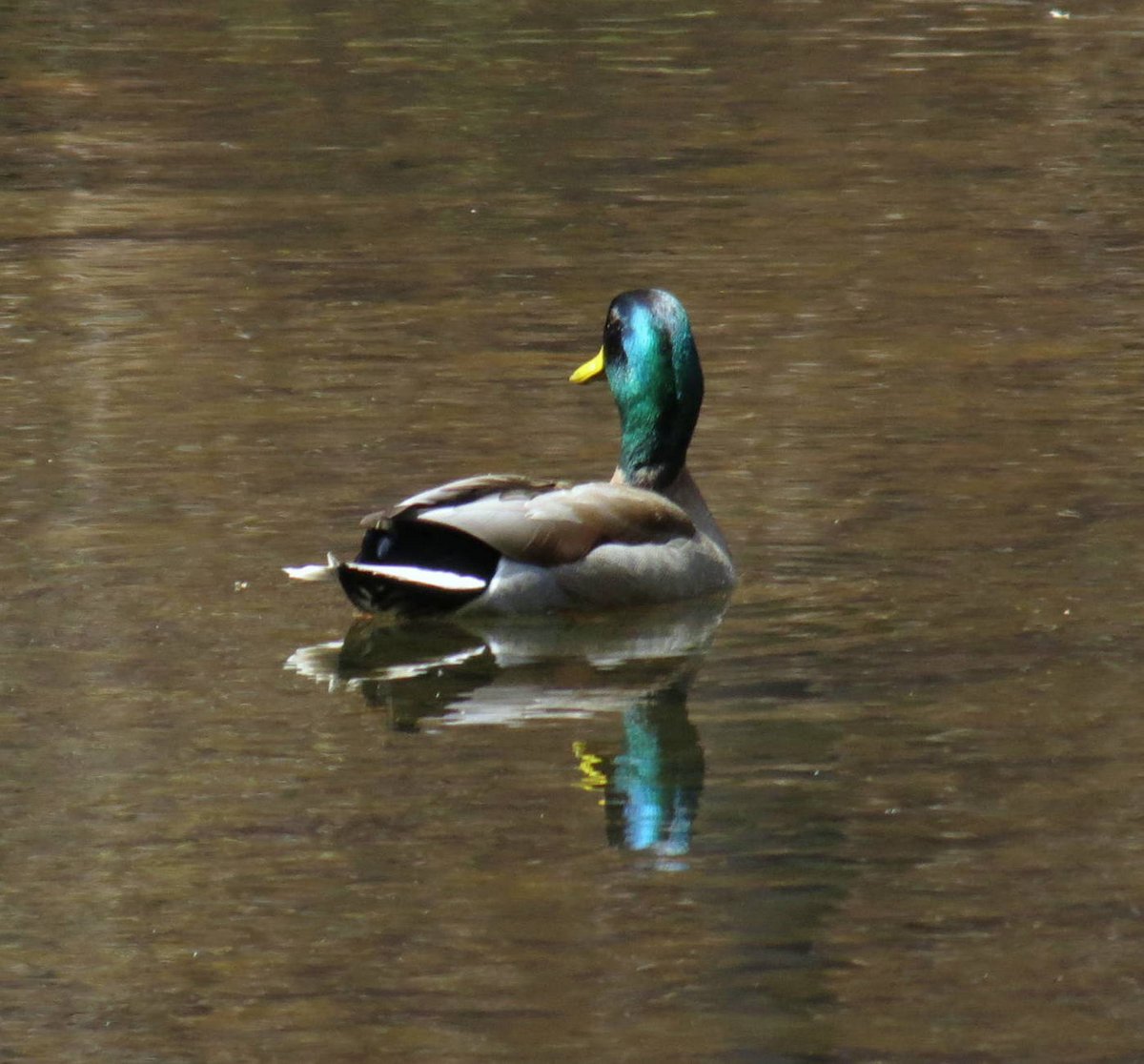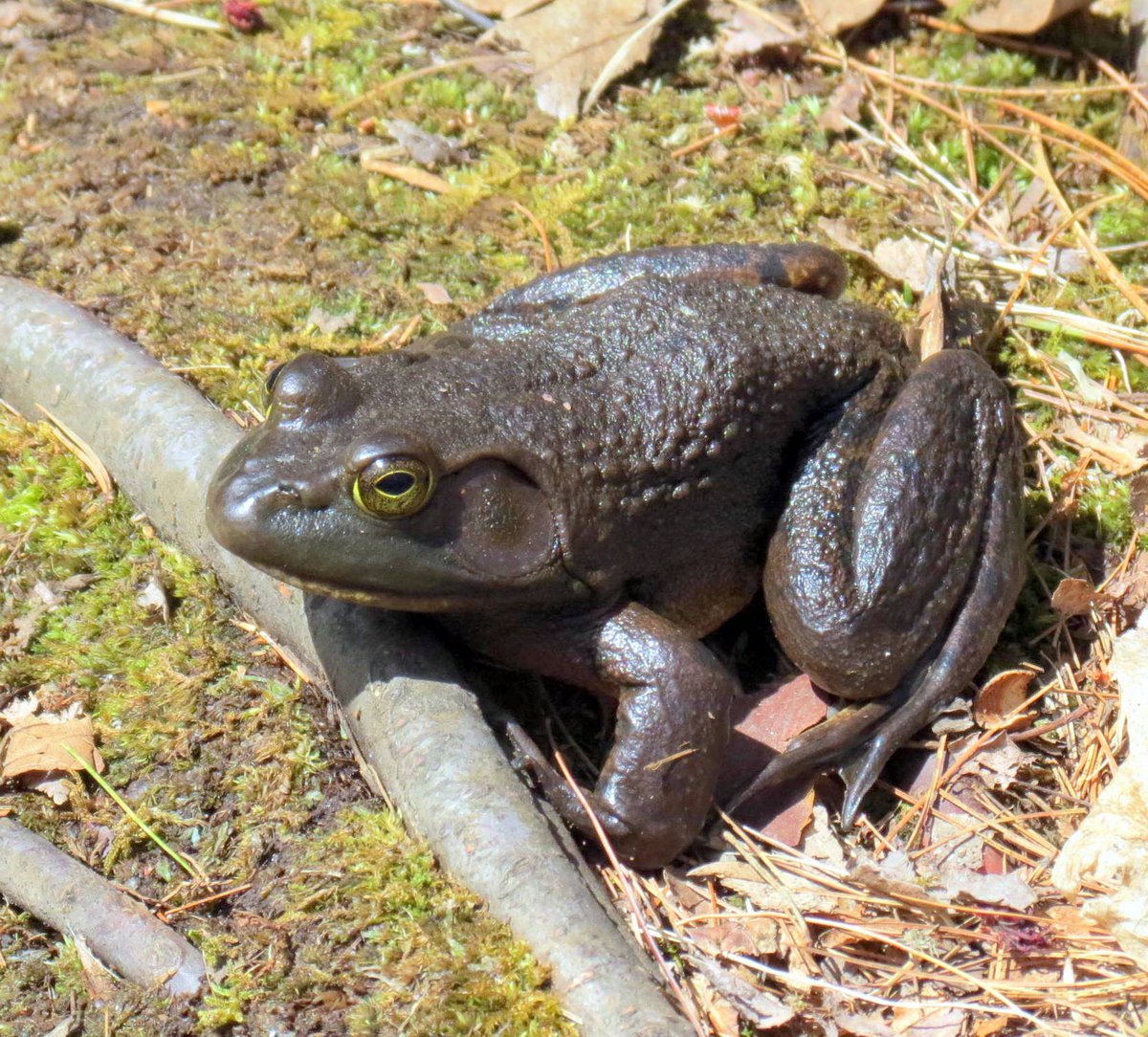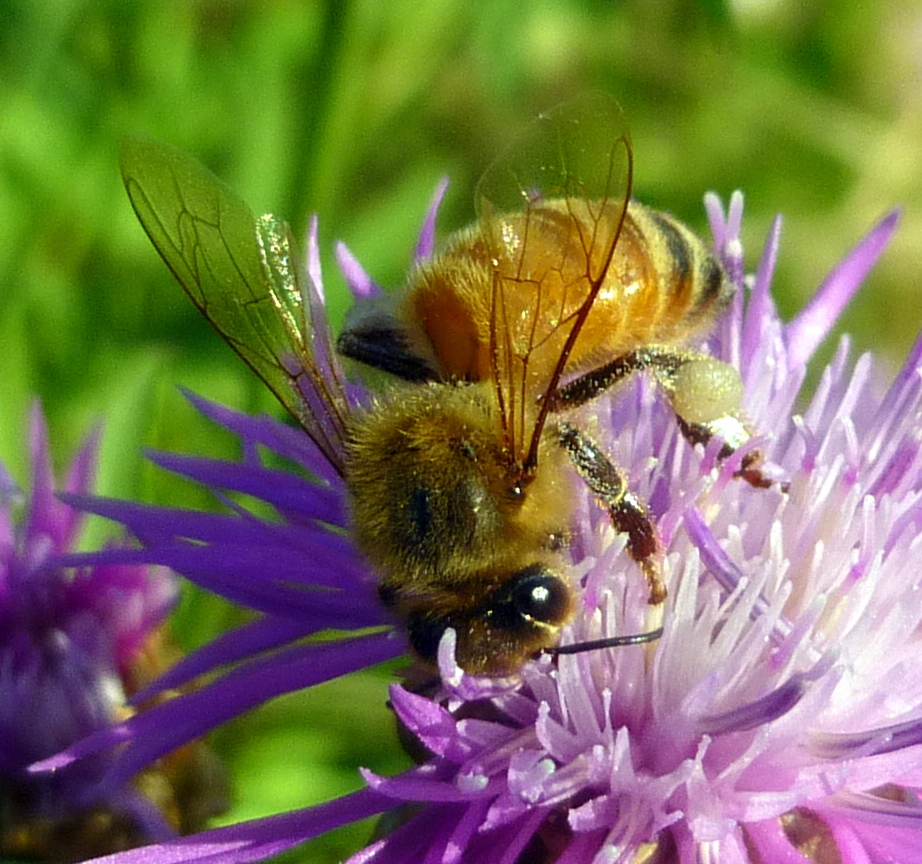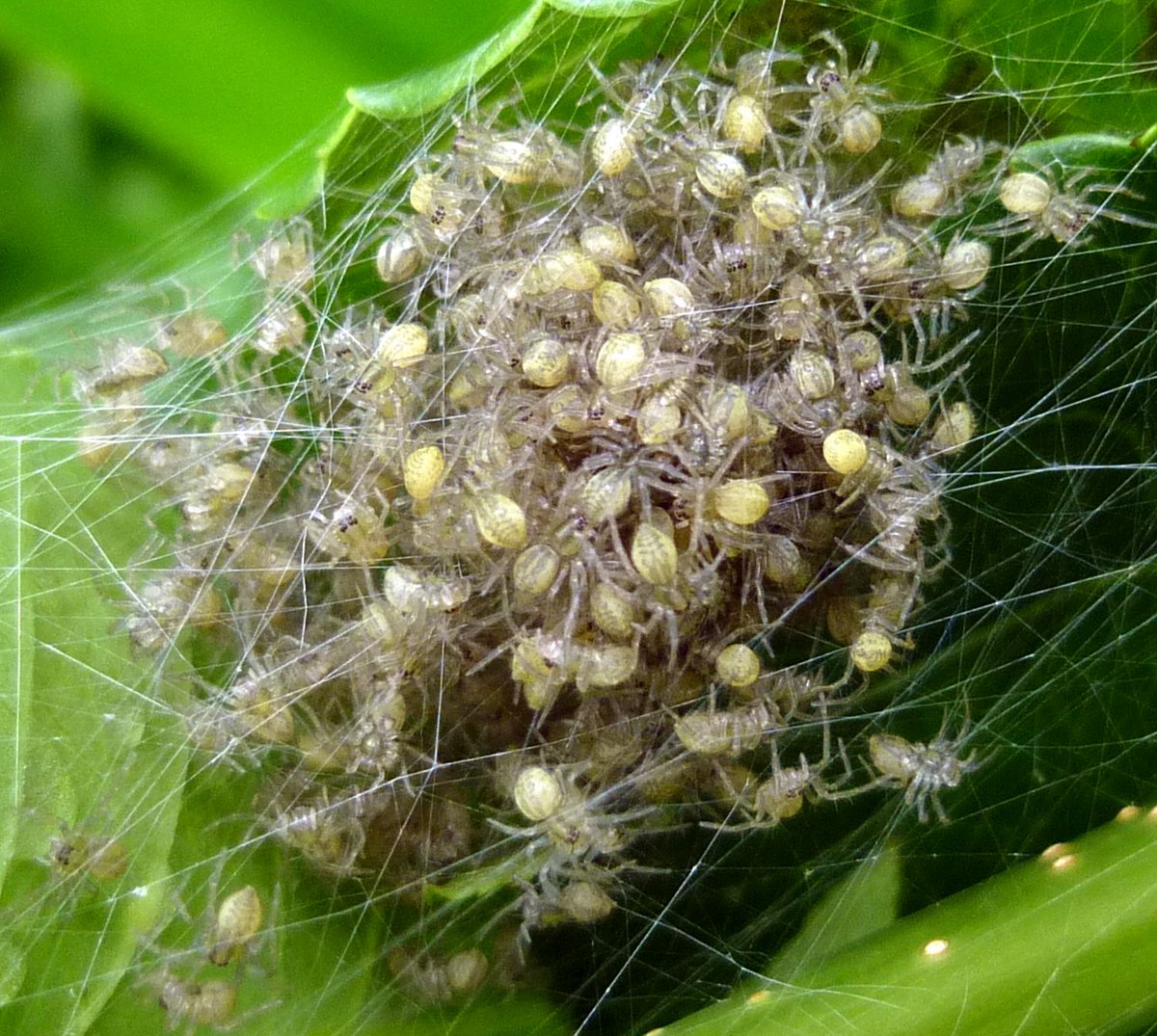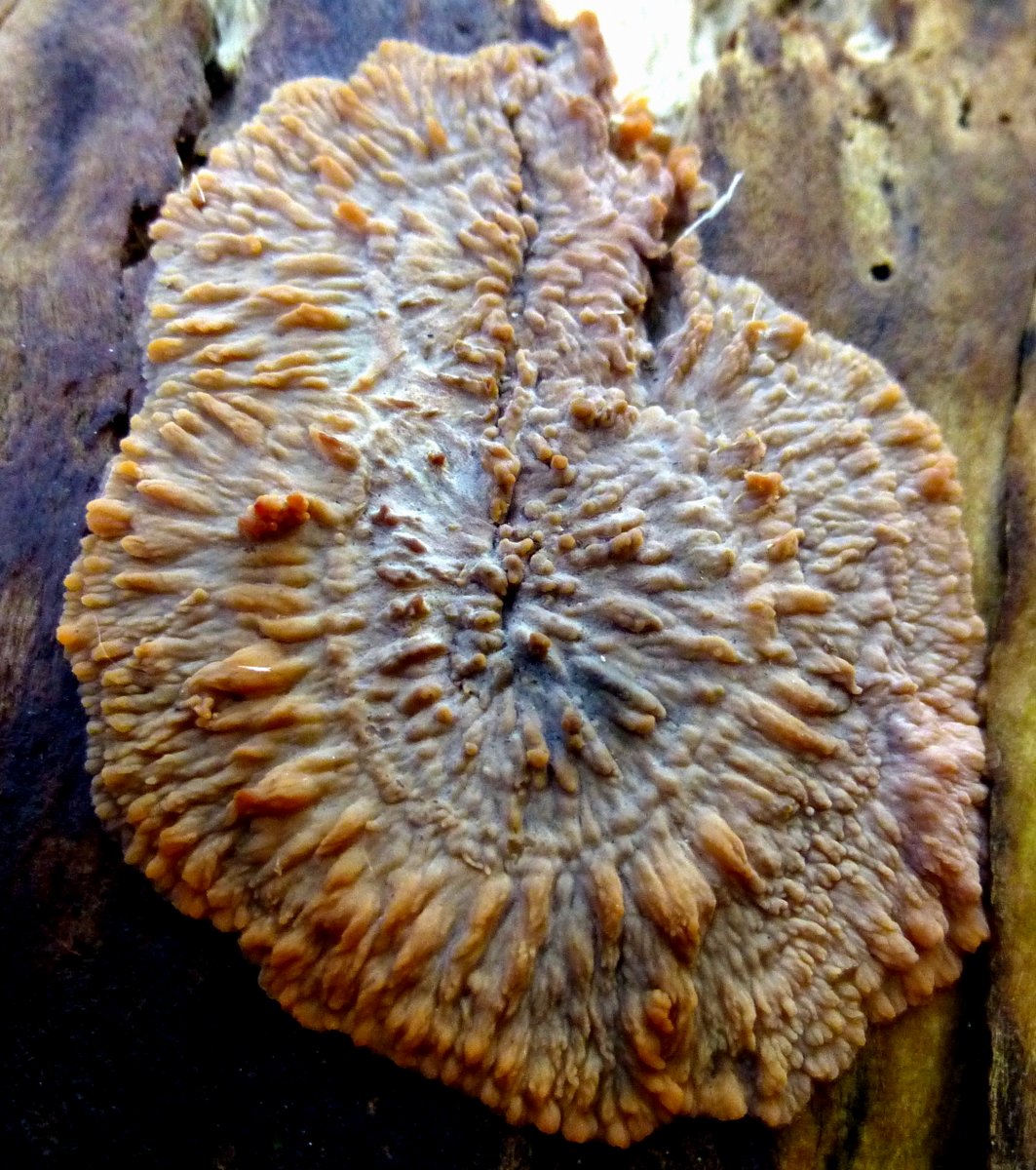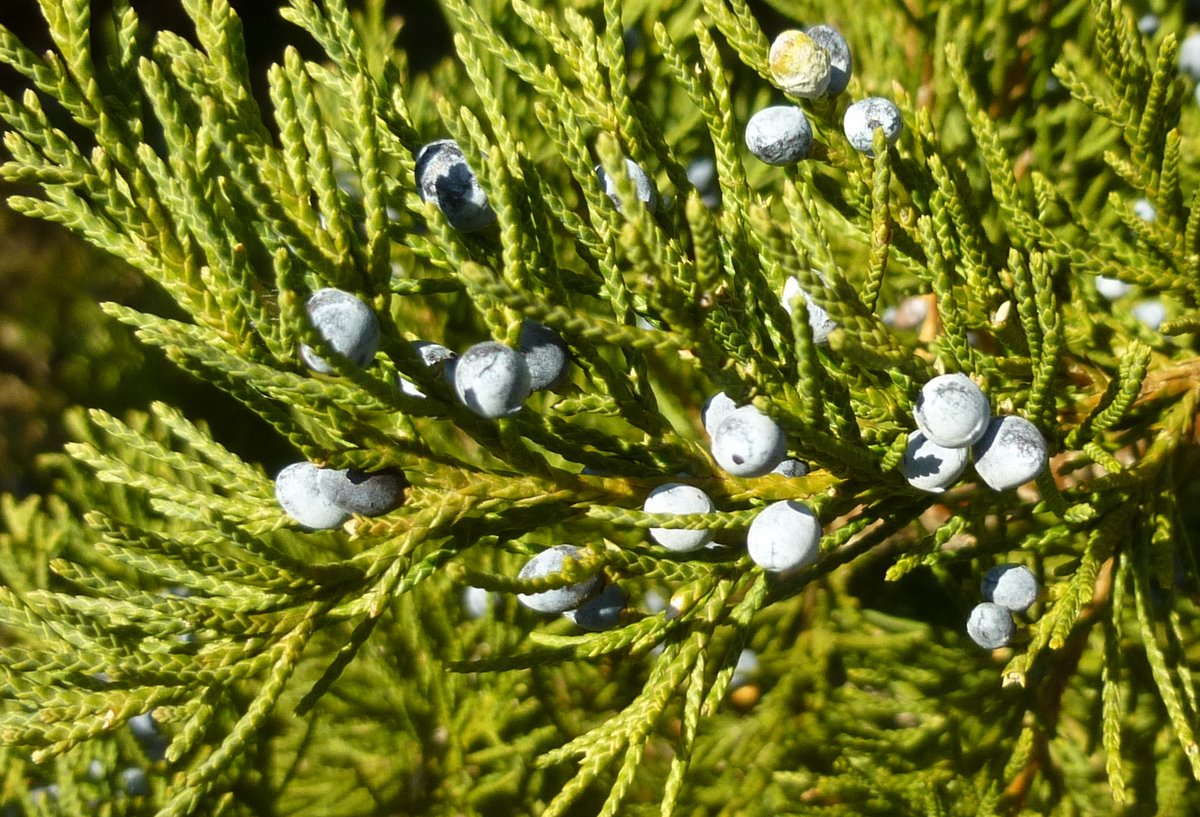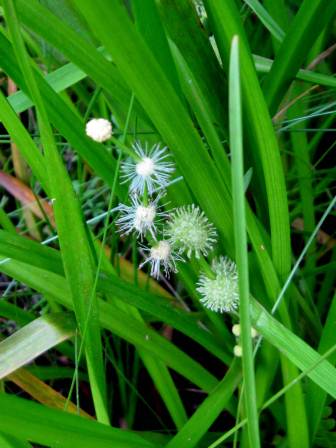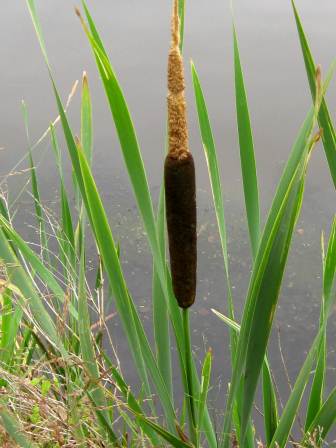
Hazy, hot and humid weather has settled into this part of New Hampshire, with temperatures in the mid 90s F. and tropical humidity. When that happens I think of being by the water, and that’s what this post is about. I went to several of our local ponds, like Perkin’s Pond above, to see what I could find in the way of aquatic plants and flowers. I found plenty and I hope you’ll enjoy seeing them.

One of the pondside flowers I always enjoy seeing is swamp candle (Lysimachia terrestris,) which I believe is our earliest member of the loosestrife family to bloom. As their name implies swamp candles like wet places and often grow right where the water meets the shore. Though they usually stay at about 2 feet tall I saw one last week that was chest height. They usually grow in large groups.

Each of the 5 yellow swamp candle petals has two red dots at its base, which makes the flowers look a lot like those found on whorled loosestrife, but slightly smaller. A major difference between the two plants is how the leaves don’t grow in whorls on swamp candles. There seems to be at least a bit of red on all of our yellow loosestrife flowers, no matter which plant they’re on.

One of my favorite aquatic plants is pickerel weed (Pontederia cordata.) It grows off shore in what are sometimes huge colonies. Native Americans washed and boiled the young leaves and shoots of this pretty plant and used them as pot herbs. They also ground the seeds into grain. The plant gets its name from the pickerel fish, which is thought to hide among its underwater stems.
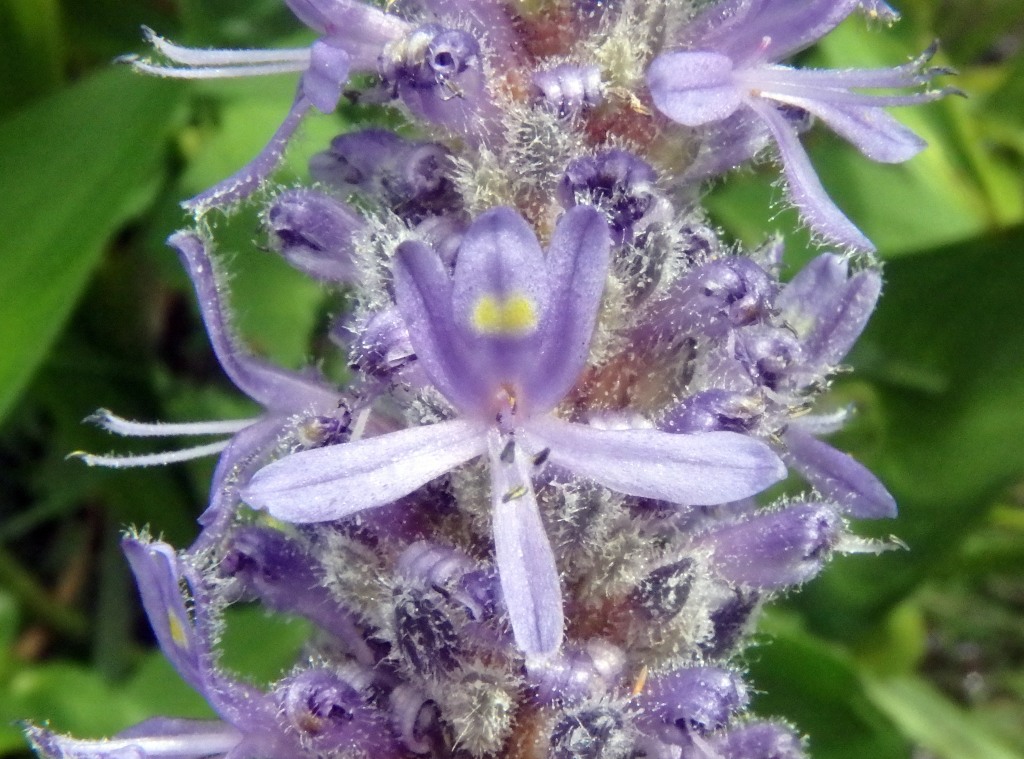
Pickerel weed has small purple, tubular flowers on spikey flower heads that produce a fruit with a single seed. Ducks and muskrats love the seeds and deer, geese and muskrats eat the leaves. If you see pickerel weed you can almost always expect the water it grows in to be relatively shallow and placid, though I’ve heard that plants occasionally grow in water that’s 6 feet deep. I’m always surprised that the flower spikes and buds are so hairy. It seems odd for a plant that grows up out of the water.

This photo that I took previously is of a pickerel weed bud. It shows how the flowers spiral up the stalk and open from bottom to top. Being able to get this close to one is a rare event.

Yellow pond lily (Nuphar luteum) flowers almost always bloom a few inches above the water surface, making them very easy to see. They are cup shaped and have six petal like sepals and grow in water that is usually no more than 18 inches deep.
NOTE: A helpful reader has let me know that this plant is now known as Nuphar variegata, which I hadn’t heard. Thanks Sara!

Inside the outer sepals are many yellow petals and stamens, and a yellow central stigma with 8 to 24 lines or rays on its disk shaped top. Something has been eating the sepals of these flowers as you can see in this photo. Many flowers are seen floating free because they’ve been pulled up. Since the plant is also called beaver root they might have had a hand in it. The plant is also a favorite of both painted and snapping turtles, so it could be them. I find many along the shoreline with their outer sepals gone. The roots of the plant were a very valuable food source to Native Americans, who ground them into flour. They also popped the seeds much like popcorn, but unless the seeds are processed correctly they can be very bitter and foul tasting. The plant was also medicinally valuable to many native tribes.

Floating Pondweed (Potamogeton natans) is so common it has shown up in many of these photos of other plants without my trying. It is also called long leaved pondweed and it likes to root in the mud and grow in full sun in warm standing water up to 4 feet deep. It does flower but they’re green and small and hard to see. Many types of waterfowl including ducks and swans eat the seeds and leaves of this plant and muskrats like the stems. Many species of turtle eat the leaves, so it seems to be a plant that feeds just about everything that lives on and in the water.

The rarest plant in this post has to be the water lobelia (Lobelia dortmanna.) I only know of one pond it grows in and there are only a handful of them there. I’ve read that the plant has the unusual ability of removing carbon dioxide from the rooting zone rather than from the atmosphere. It is said to be an indicator of infertile and relatively pristine shoreline wetlands.

The small, pale blue or sometimes white flowers are less than a half inch long and not very showy. They have 5 sepals and the base of the 5 petals is fused into a tube. The 2 shorter upper petals fold up. I’ve read that the flowers can bloom and set seed even under water but these plants grew just offshore with flowers above the water. The seed pods are said to contain numerous seeds which are most likely eaten by waterfowl. For several plants in this post I had to stand right at the water’s edge and lean out over the water with my camera in one hand to get a photo, so that should tell you how close to shore they grow.

Plants and flowers aren’t all you’ll find on the shore of a pond. This male bullfrog was docile enough to let me walk right up to him and take this photo with my cell phone camera. Were it always that easy. The round spot behind the frog’s eye is called the tympanum, which is an external ear. In males frogs it is much larger than the eye and in females it is as large or smaller than the eye.

Some days nature seems to throw itself at you, and that’s how it was on this day when this spangled skimmer dragonfly kept landing at my feet. Dragonflies will often come back to the same perch again and again and apparently that white stone was very appealing to this one. From what I’ve read, the “spangles” are the black and whitish bars (stigmas) at the leading edges of its wings. Only females and immature males have them. I believe this one was a male because females are yellow and brown. Since my track record with insect identification isn’t very good however, I’d welcome any input. In any event this dragonfly likes to hunt the marshy shallows found along pond edges, which is right where I found it. I’m sure Mr. Bullfrog would have liked to have been there.

There isn’t anything at all unusual about seeing cattails (Typha latifolia) at the edge of a pond, but rarely do you find a single plant in flower. Cattail flowers start life with the female green flowers appearing near the top of a tall stalk and the fluffy yellowish green male pollen bearing flowers above them. Once fertilized the female parts turn from green to dark brown and the male flowers will fall off, leaving a stiff pointed spike above the familiar cigar shaped seed head. Cattail flowers are very prolific; one stalk can produce an estimated 220,000 seeds. Cattails often form huge colonies that grow into impenetrable walls of green, and that’s why I was so surprised to find a single plant.

Bur reed (Sparganium americanum) grows just off shore but I’ve also found it growing in wet, swampy places at the edge of forests. There are two types of flowers on this plant. The smaller and fuzzier staminate male flowers grow at the top of the stem and the larger pistillate female flowers lower down. The female bur reed flowers look spiky rather than fuzzy. They’re less than a half inch across. The male staminate flowers of bur reed are smaller and look fuzzy from a distance. After pollination the male flowers fall off and the female flowers become a bur-like cluster of beaked fruits that ducks and other waterfowl eat. The flowers of bur reed always remind me of those of buttonbush.

Cranberry plants have just started blooming. Though the flower petals curve backwards on most cranberry blossoms you can occasionally find a blossom that wants to be different, as this one did. I usually find them in wet, boggy areas but these grew on an embankment by a small pond. We have two kinds here, the common cranberry (Vaccinium oxycoccos) and the small cranberry (Vaccinium microcarpum.) I think these were the common cranberry.

Early European settlers thought cranberry flowers resembled the neck, head, and bill of a crane so they called them crane berries, which over the years became cranberries. The flower petals have an unusual habit of curving backwards almost into a ball like those seen here, but I don’t see cranes when I look at them. Cranberries were an important ingredient of Native American pemmican, which was made of dried meat, berries, and fat. Pemmican saved the life of many an early settler.

Pipewort (Eriocaulon aquaticum) usually grows in ankle deep standing water. Since they grow with their lower stems submerged being able to see the entire plant is rare, but there are basal leaves growing at the base of each stem underwater. I’m guessing that they must still get enough sunlight through the water to photosynthesize. The hollow stem has a twist to it with 7 ridges and because of that some call it seven angle pipewort. It is also called hatpins, for obvious reasons.

If you’re very, very lucky you will be able to see the reproductive parts poking up out of the tiny, cotton like pipewort flowers. On this day I got to see several male anthers. They sometimes make the 1/4 inch diameter flower heads look like they’re black and white from a distance. I believe the gray, thread like bits showing in the previous photo are the female stigmas. You can just see a few poking up in this shot as well. It is thought that the flowers must be pollinated by flies but I don’t think anyone knows for sure.

You also have to be lucky to find floating heart plants (Nyphoides cordata) growing close enough to shore to get photos of them. They have small, heart-shaped, greenish or reddish to purple leaves that are about an inch and a half wide, and that’s where their common name comes from. I think they are our smallest water lily. Usually they grow just far enough offshore to need a boat or to make you roll up your pant legs.

The tiny flowers of floating heart are about the size of a common aspirin, but never seem to open fully. They resemble a Lilliputian version of the much larger fragrant white water lily. They grow in bogs, ponds, slow streams, and rivers, sometimes by the hundreds.

This photo from a few years ago shows the scale of a floating heart flower. Just about the size of Abraham Lincoln’s head on a penny.
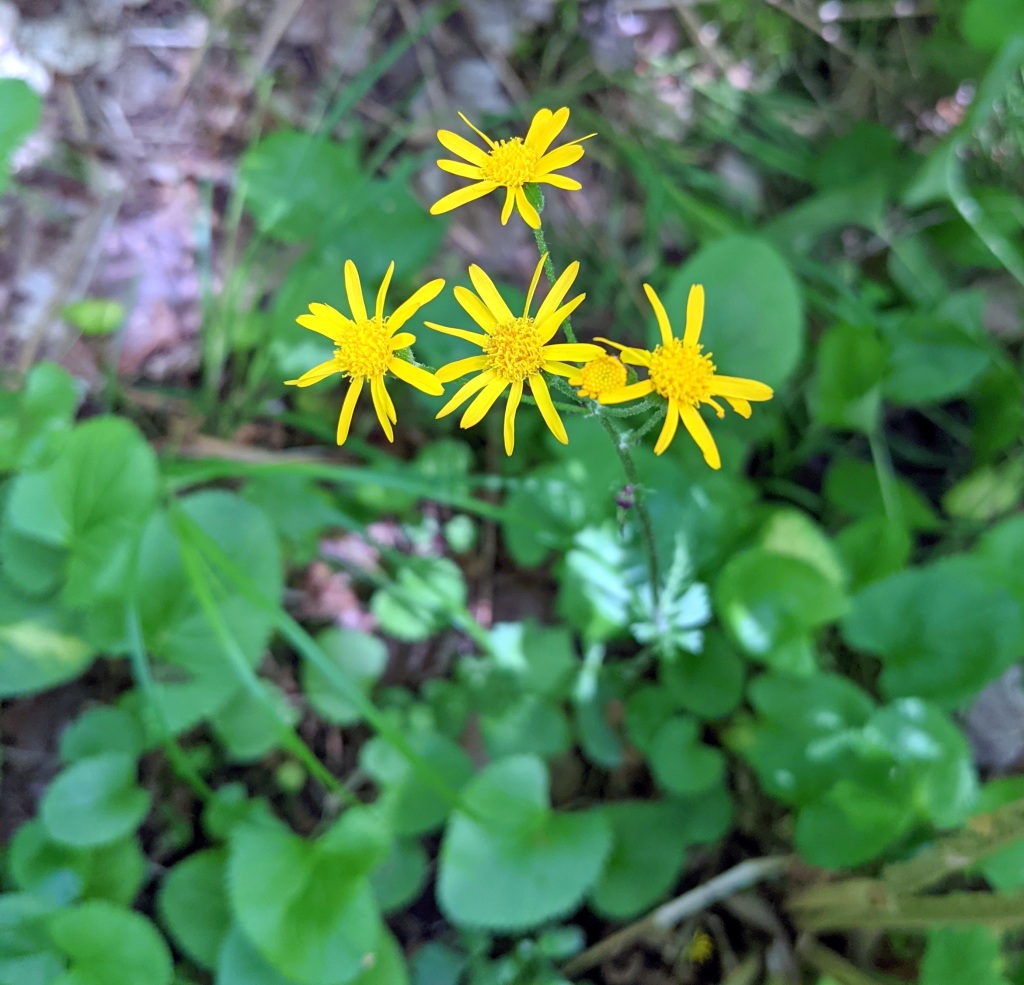
Last year I found hundreds of golden ragwort plants (Packera aurea) blooming in a swamp but this year there were only 3 or 4 blooming. It’s not a common plant in this part of the state, but it can be found here and there. Golden ragwort is in the aster family and is considered our earliest blooming aster. The plant is toxic enough so most animals (including deer) will not eat it, but Native Americans used it medicinally to treat a wide variety of ailments. Though not strictly a pond plant it likes wet places and I could easily imagine it growing along shorelines. It usually grows in full sunlight but it does tolerate some shade.

Droopy fringed sedge (Carex crinita) likes wet feet and is a very common plant that I see on the edges of ponds and rivers wherever I go. The hanging flower heads make it attractive enough to also be seen in gardens. Ducks and other waterfowl feed on the seeds, and muskrats will eat almost the entire plant. Native Americans used sedge leaves to make rope, baskets, mats, and even clothing.

No post about ponds and aquatic plants would be complete without a fragrant white waterlily in it. In fact I have a hard time thinking of a pond in this area that doesn’t have them in it and I know of at least one pond with so many in it you can hardly see the water. This one happened to be tilted just right so we could see that golden fire that burns brightly in each flower. In my opinion it is the most beautiful of all our native aquatic plants.
If there is magic on this planet, it is contained in water. ~Loren Eiseley
Thanks for stopping in. I hope everyone has a safe and happy fourth of July!




















